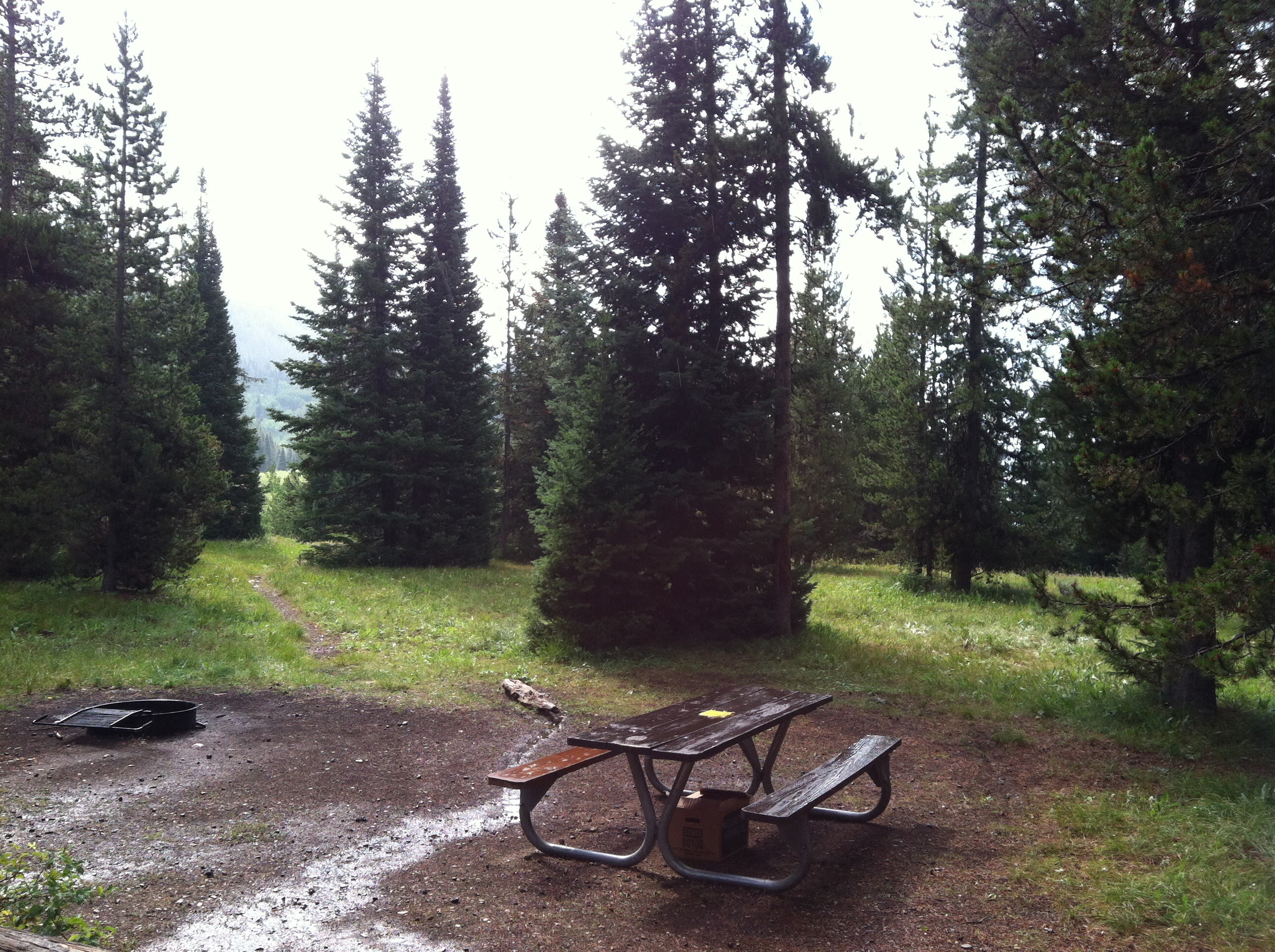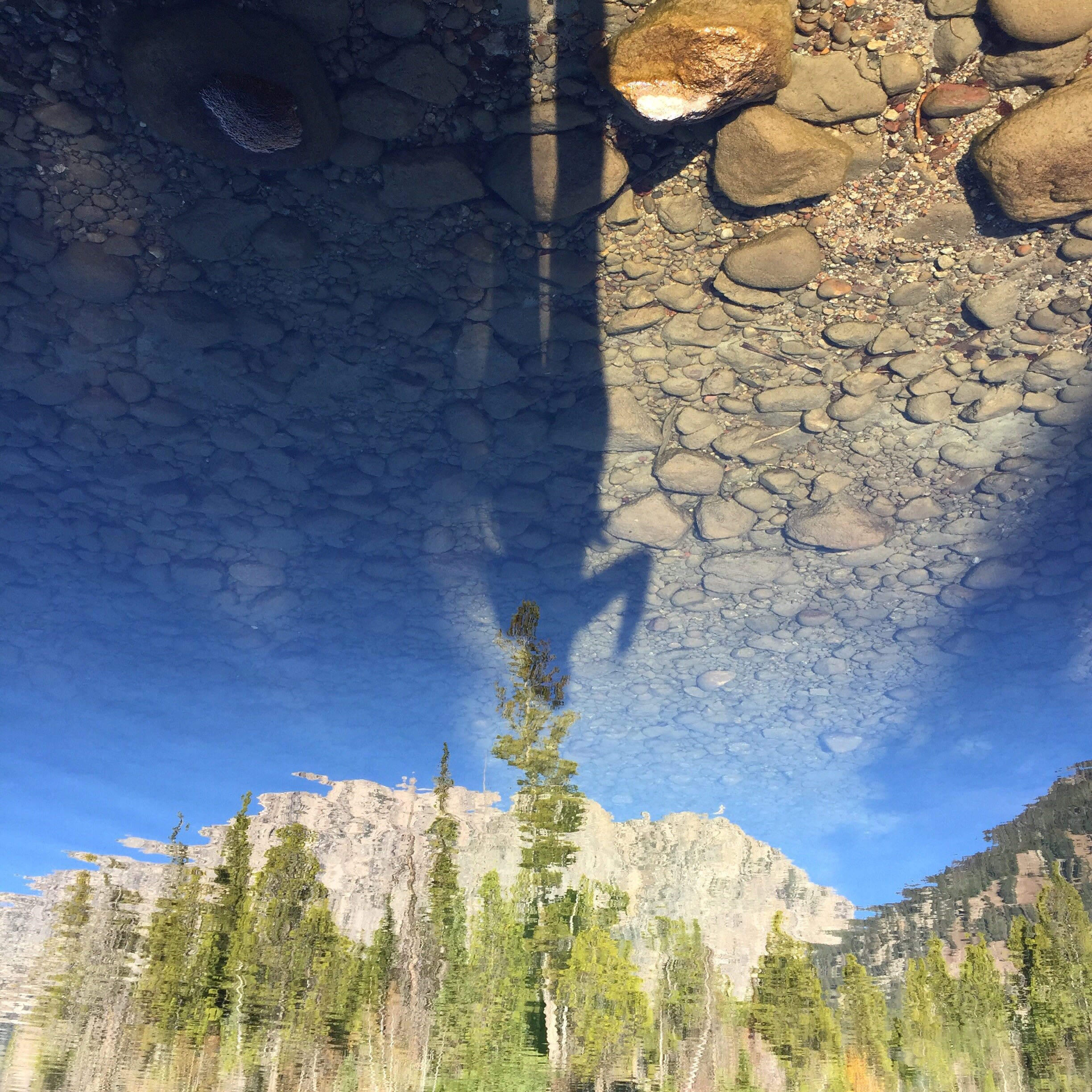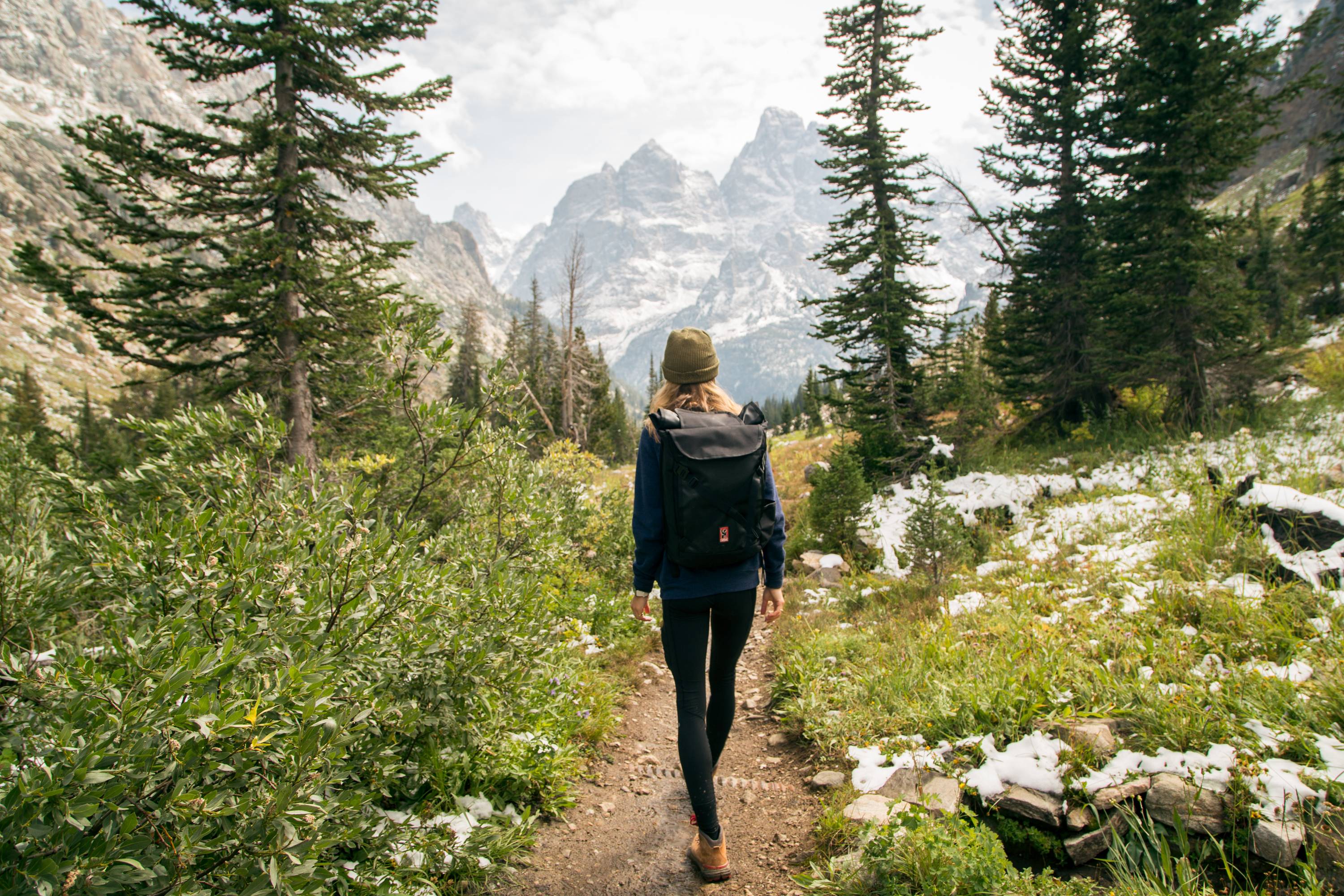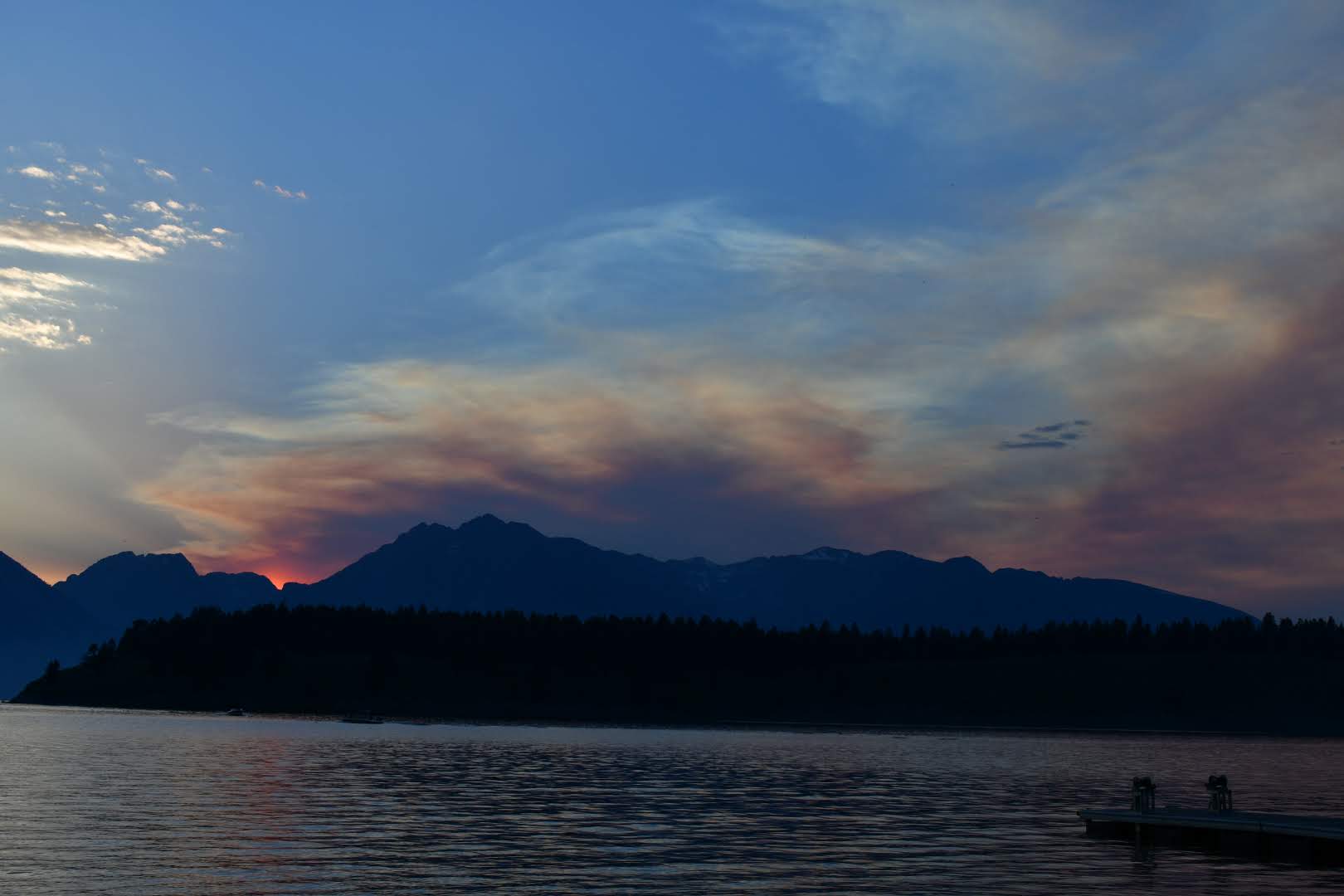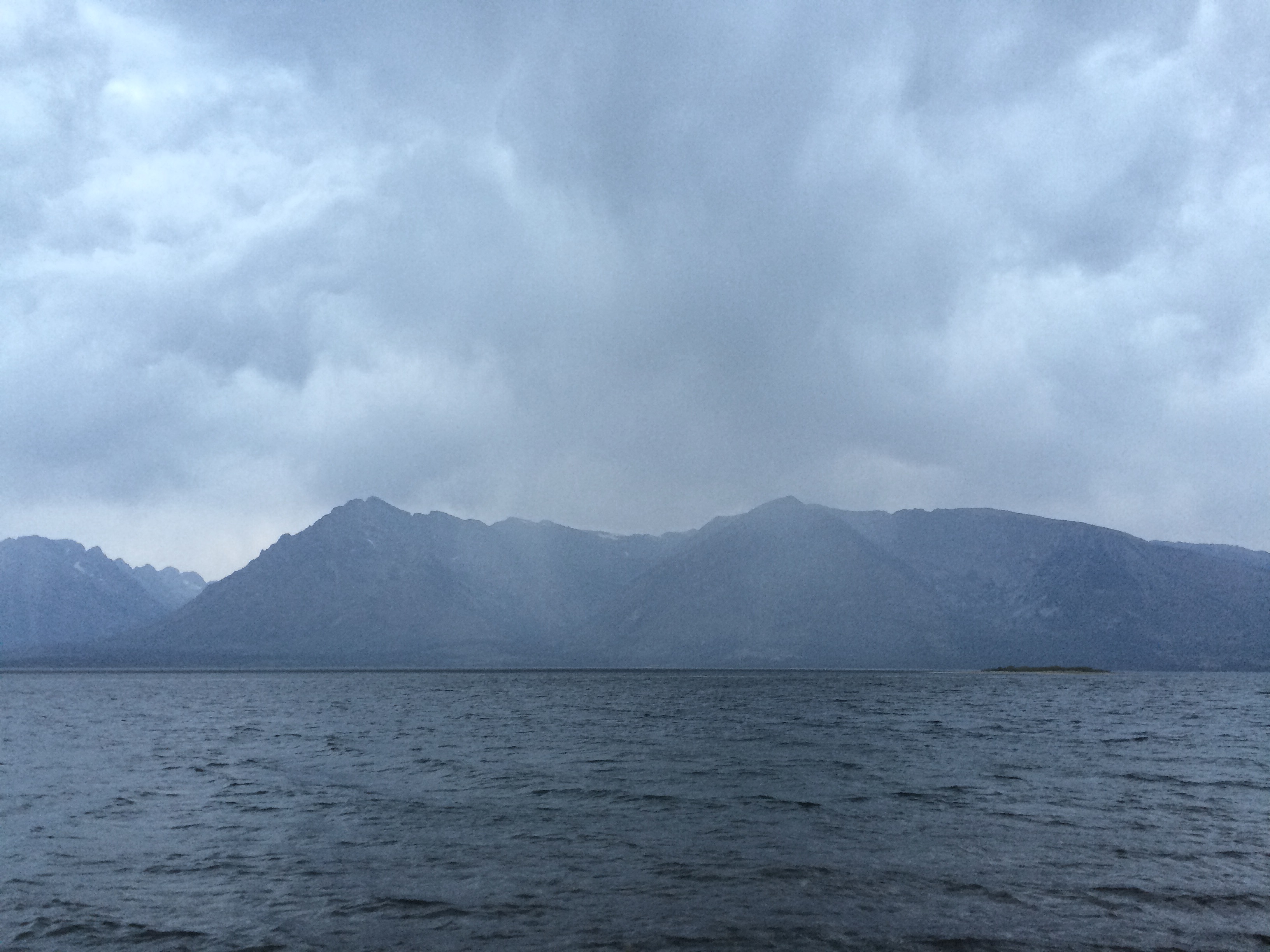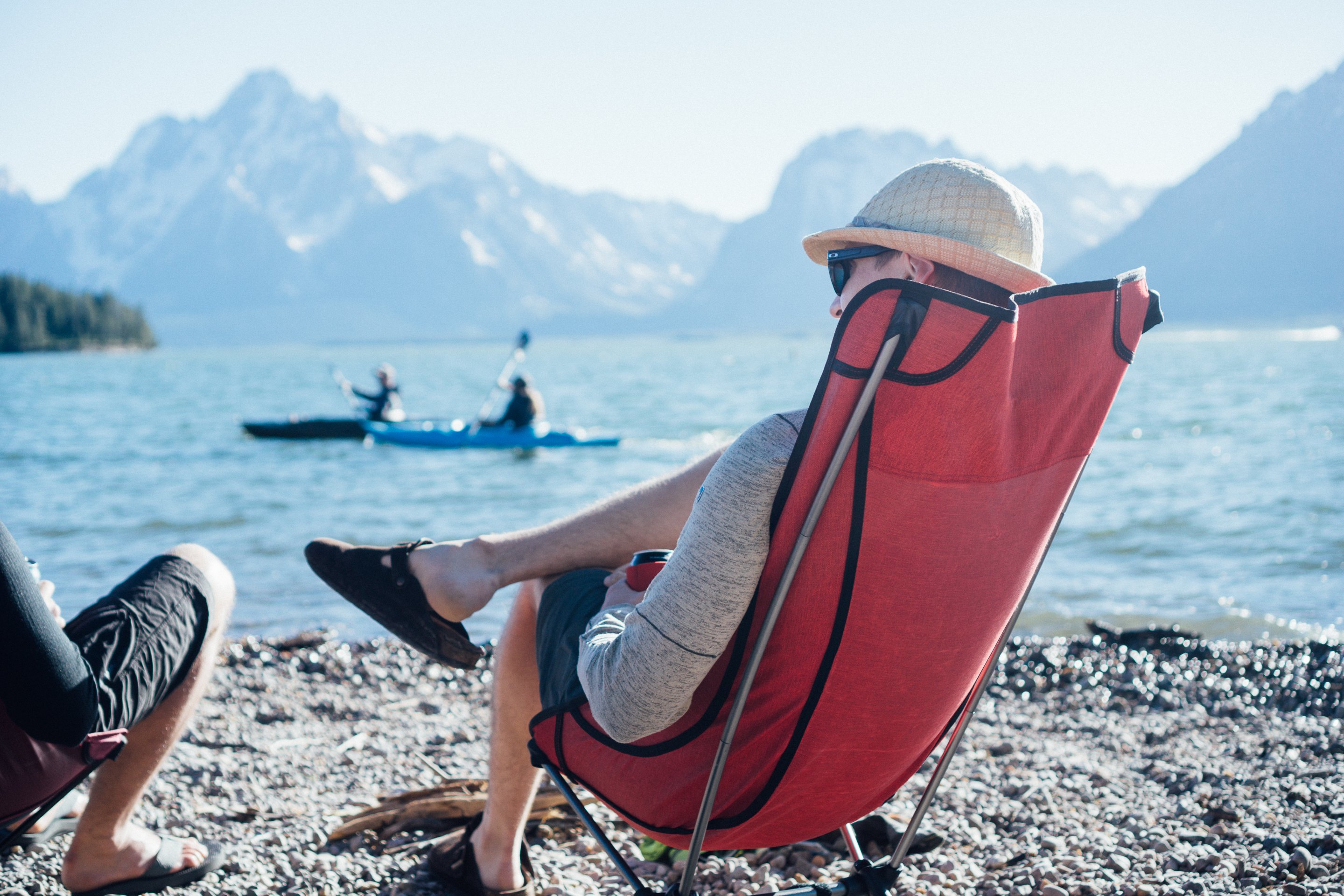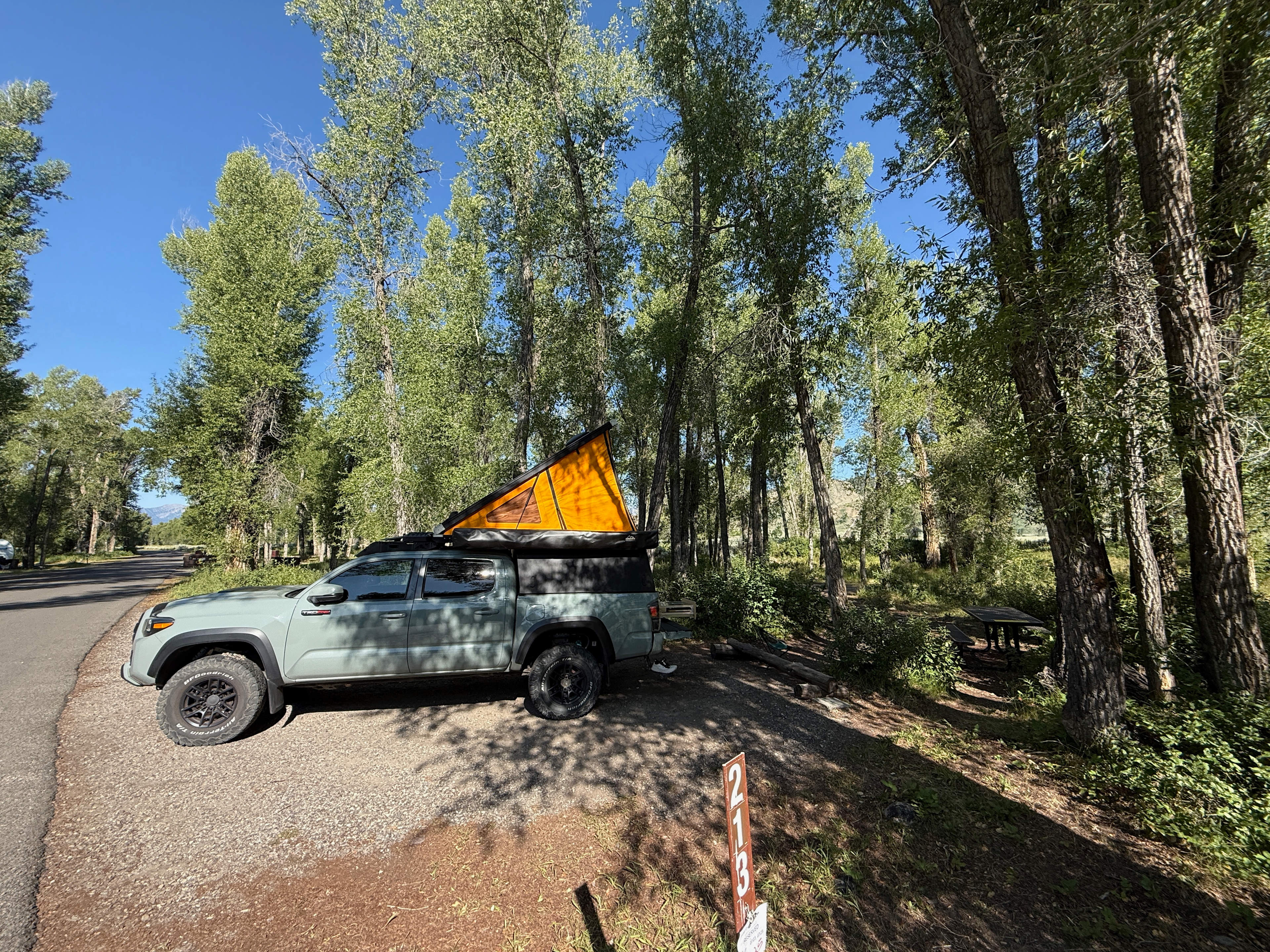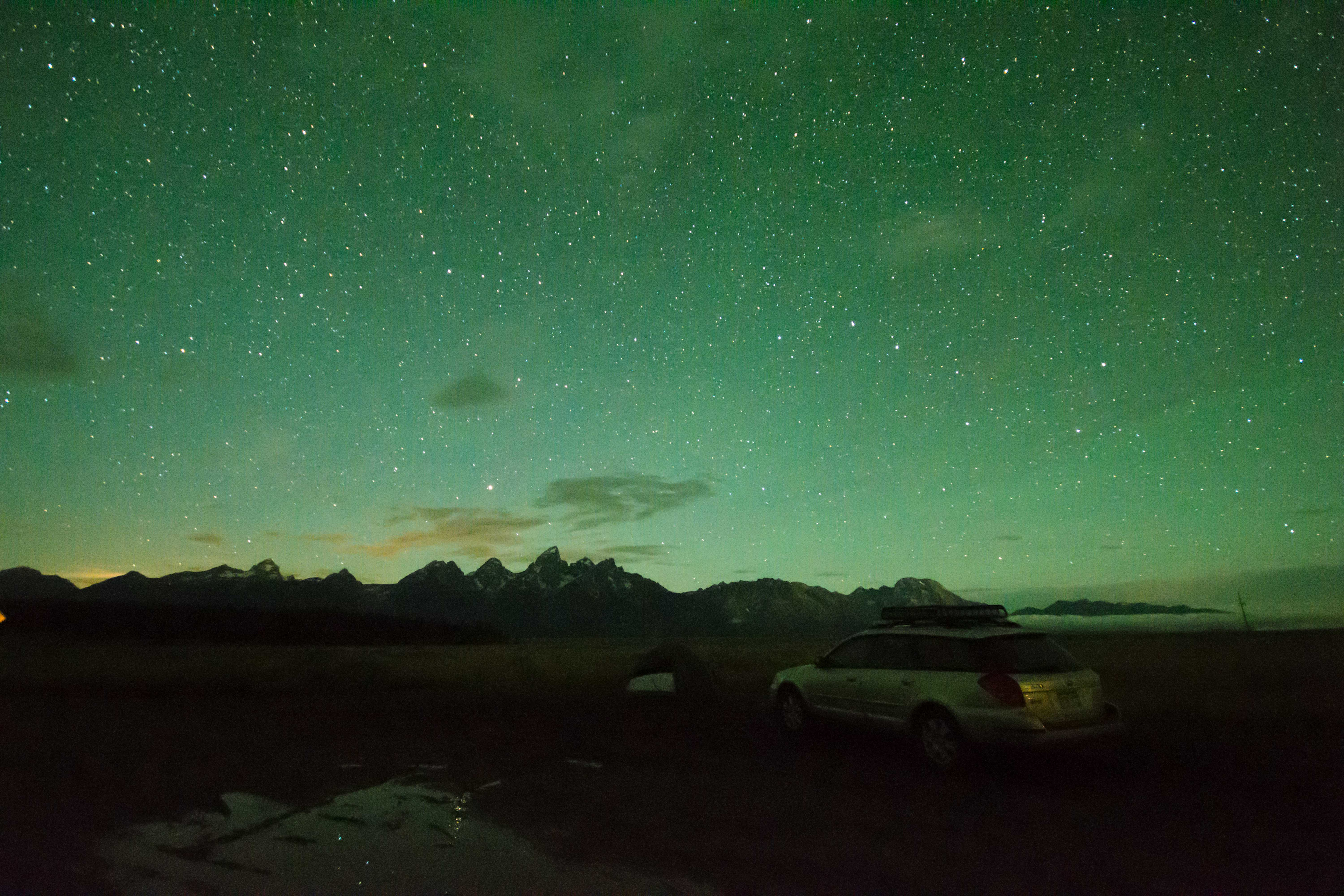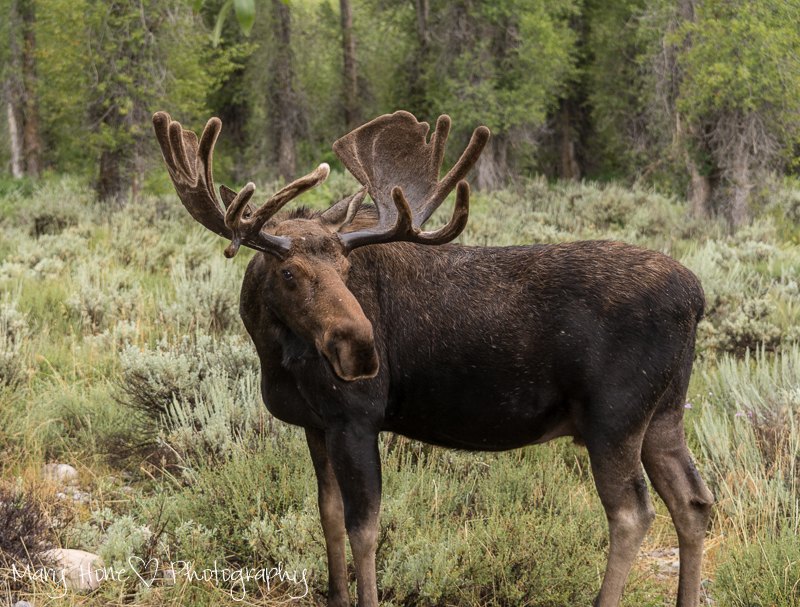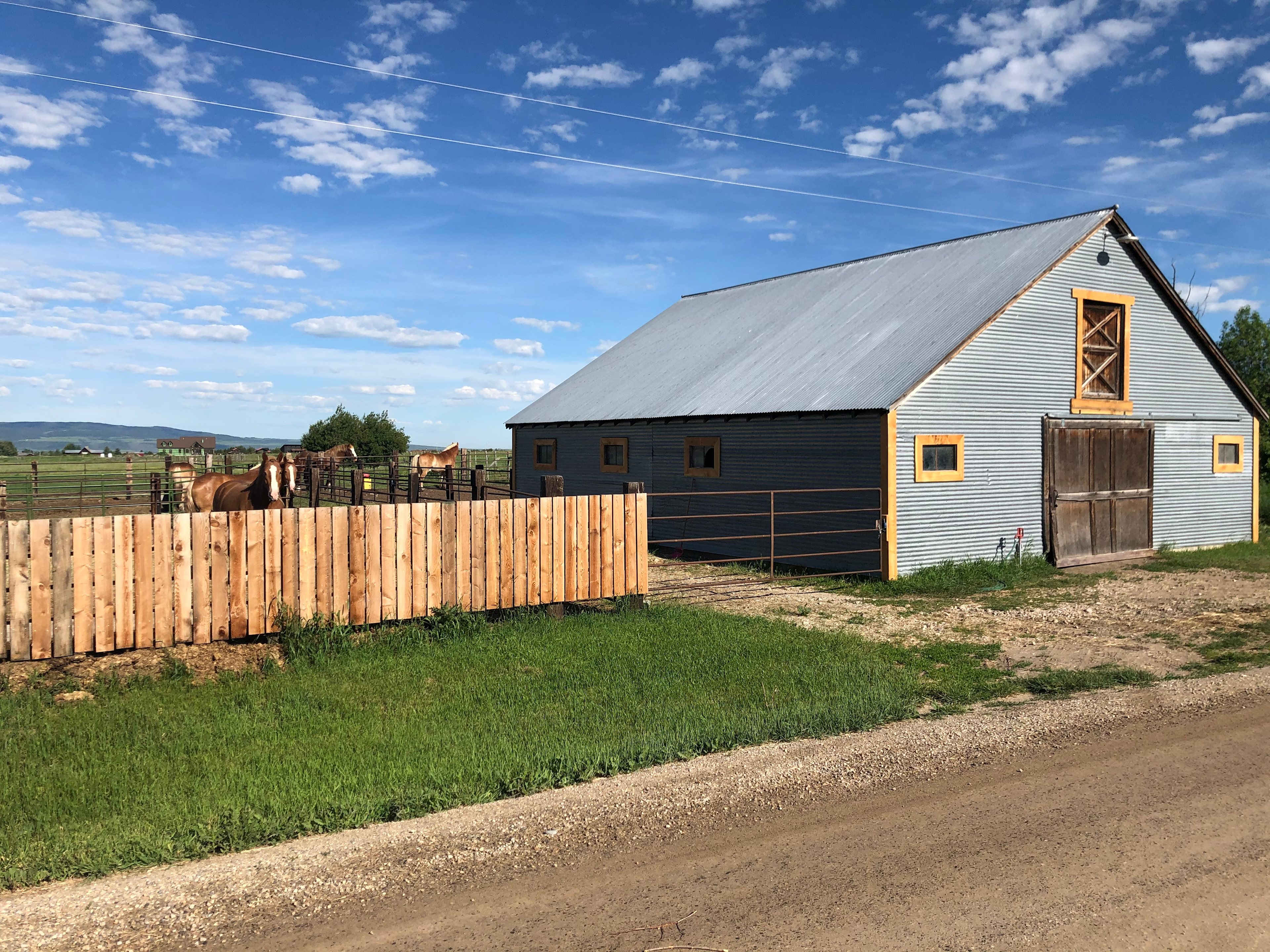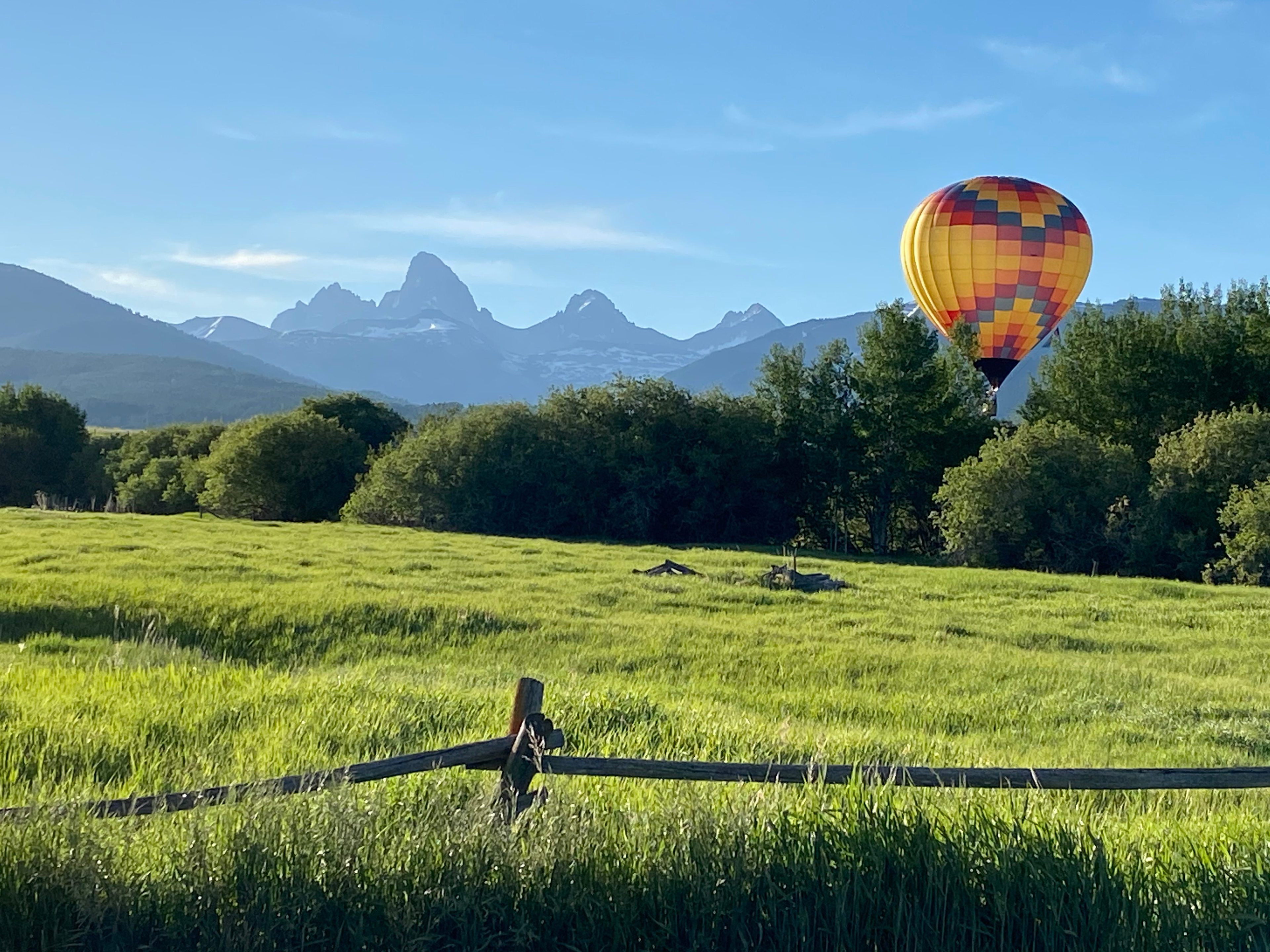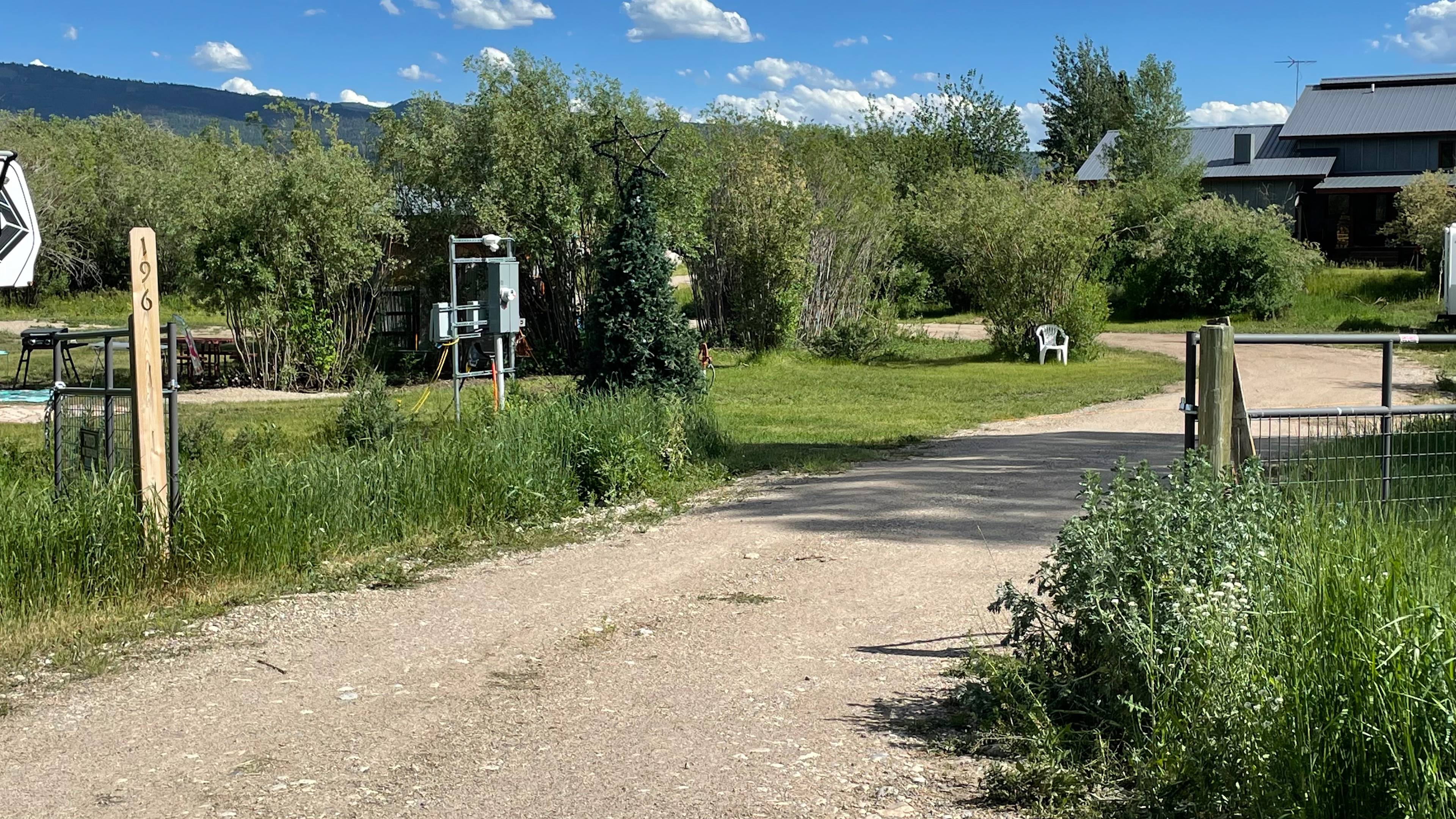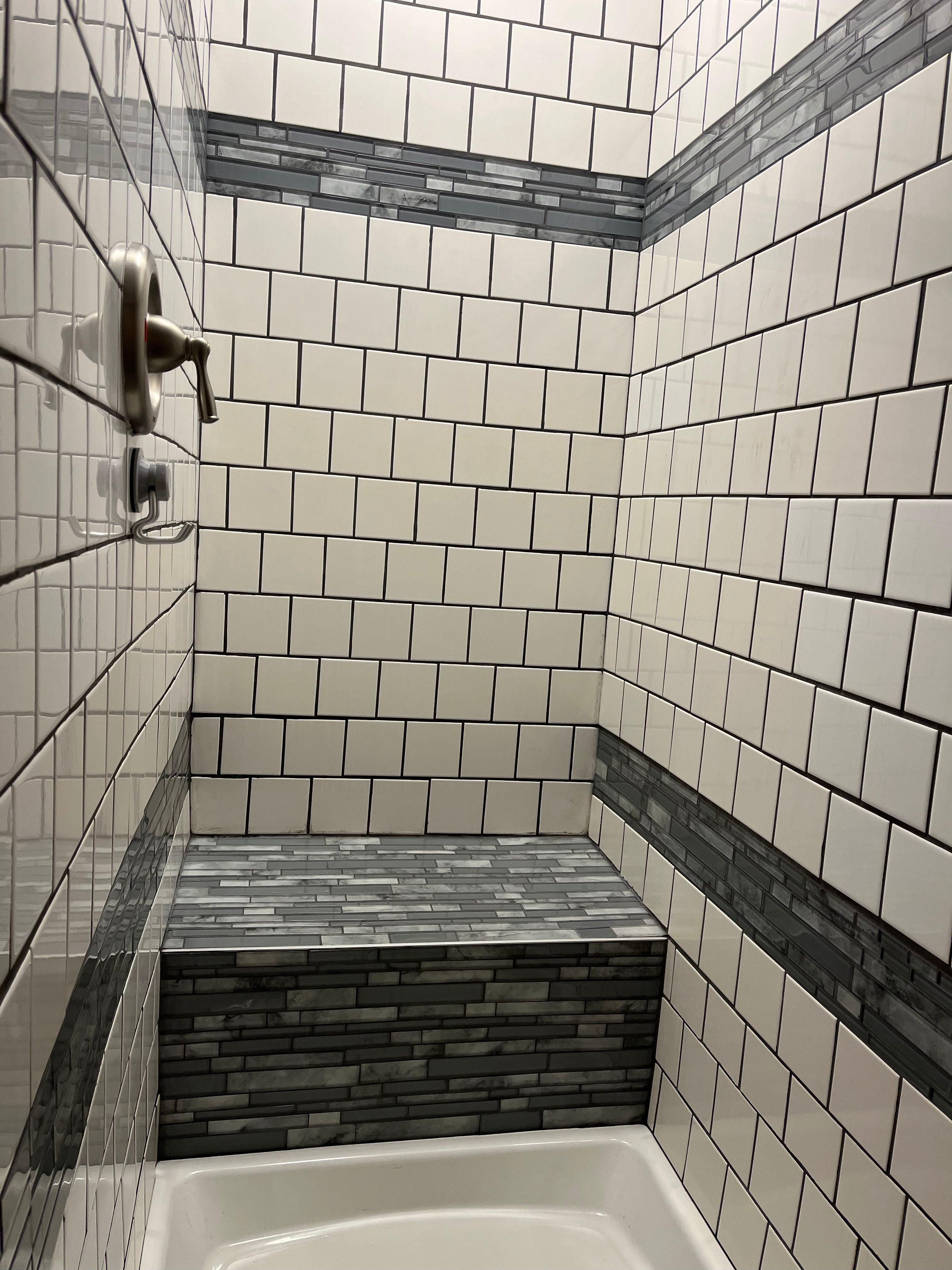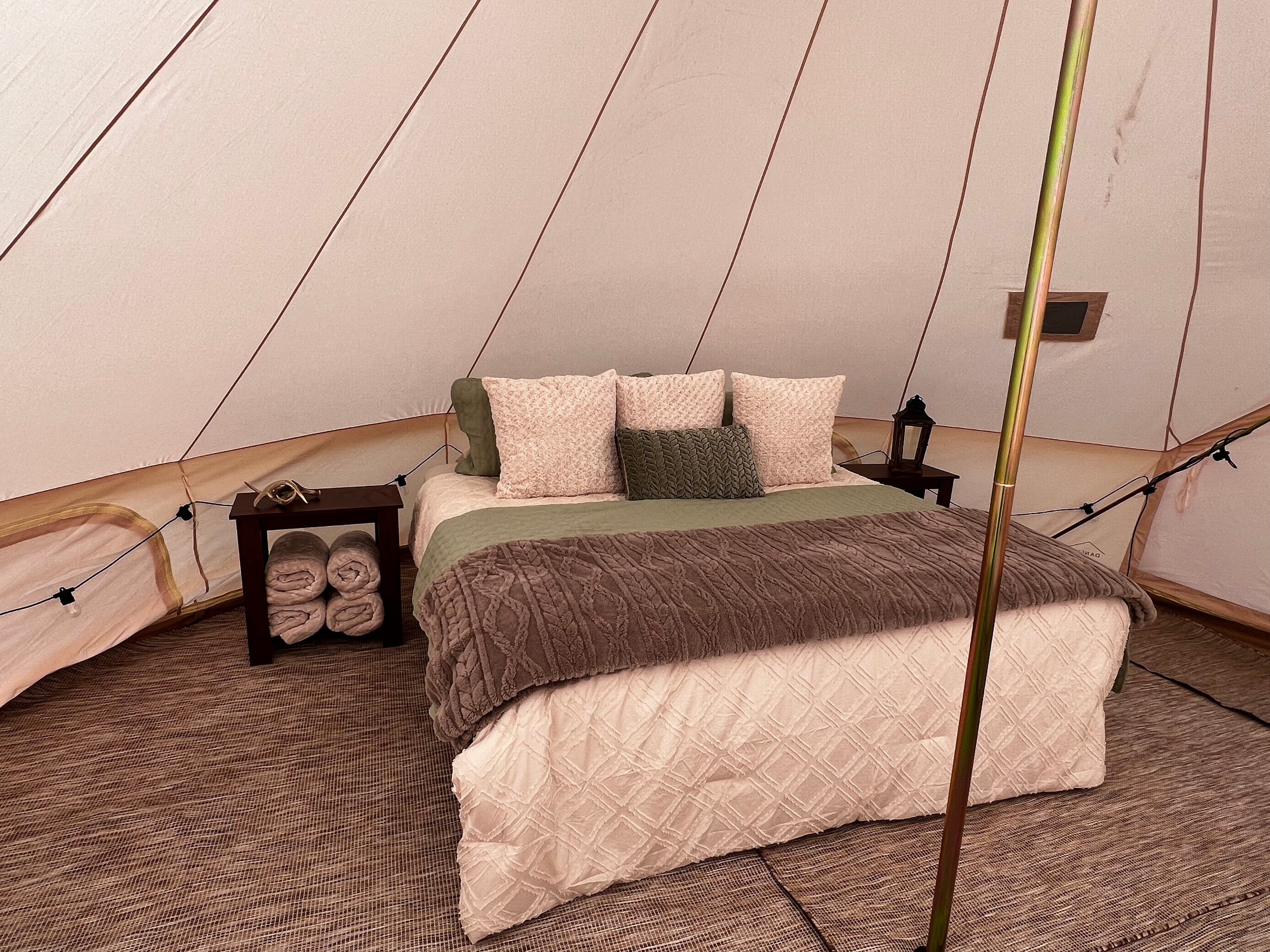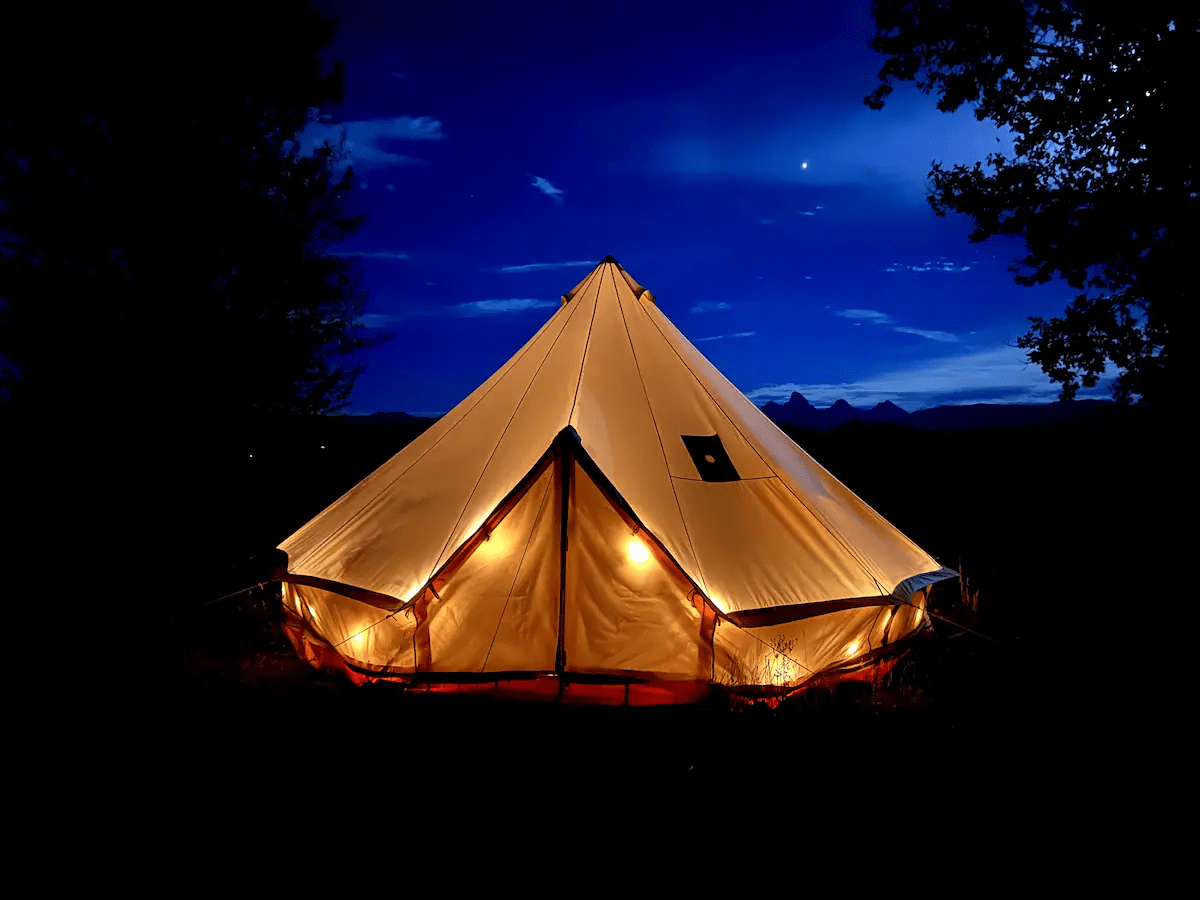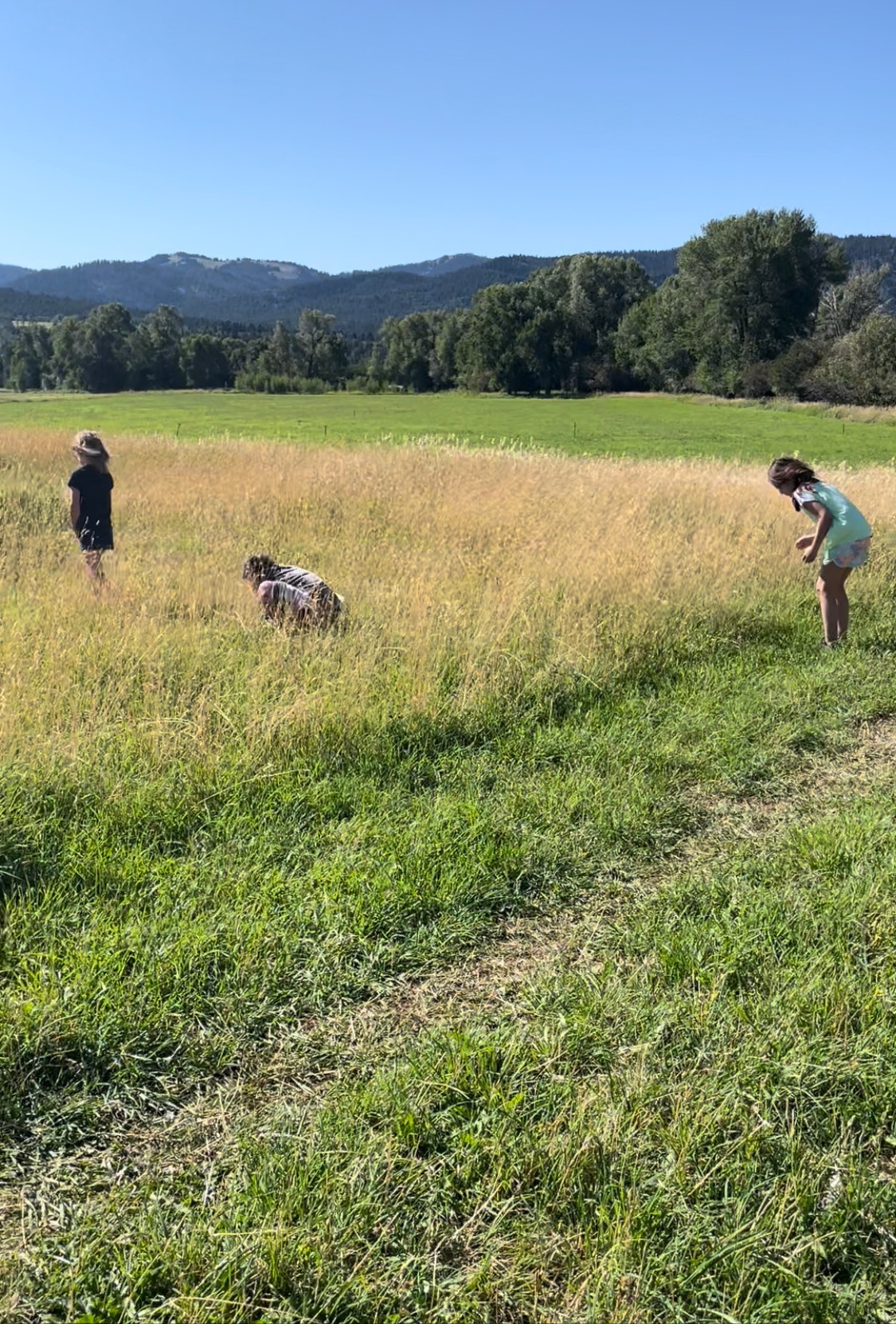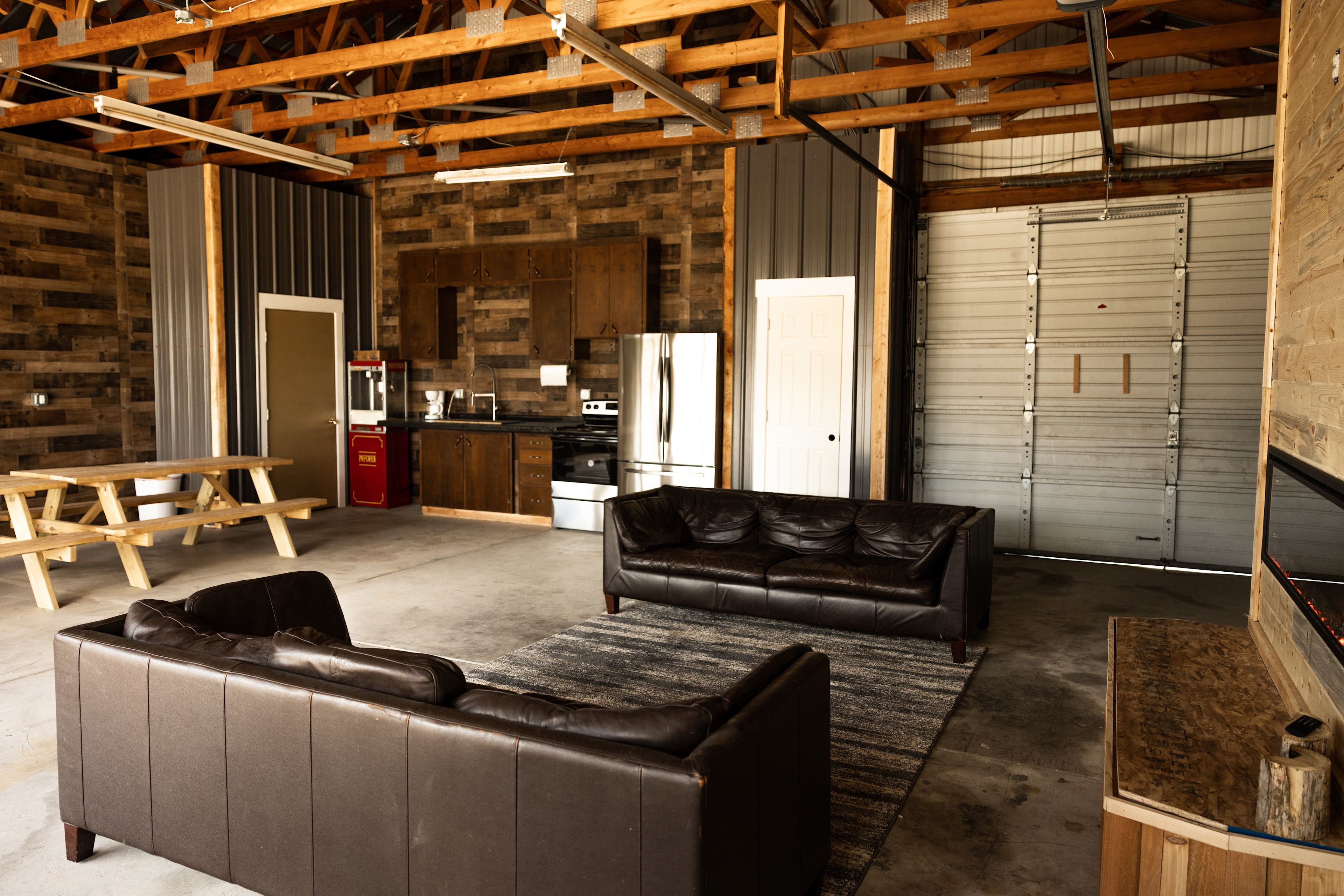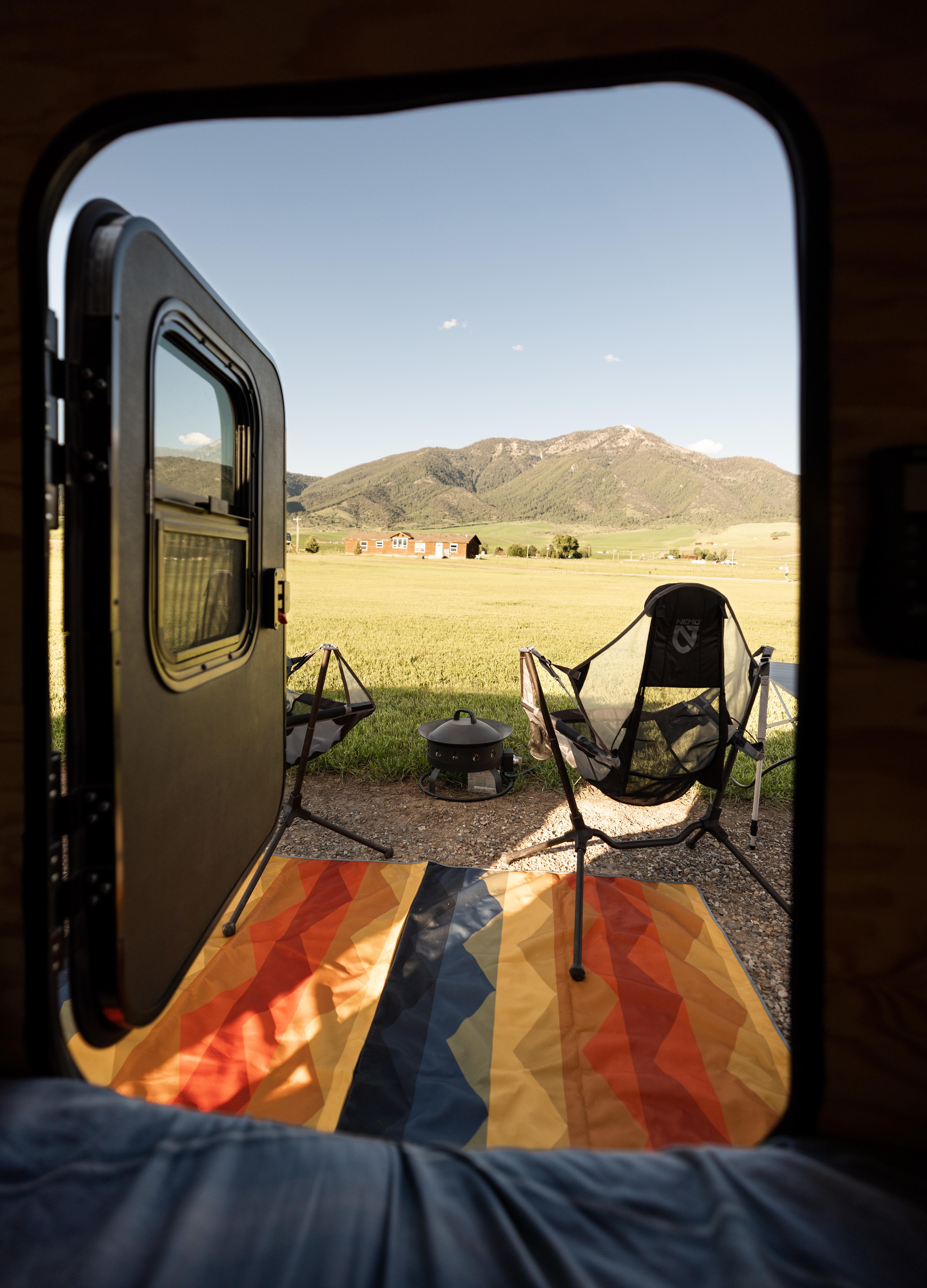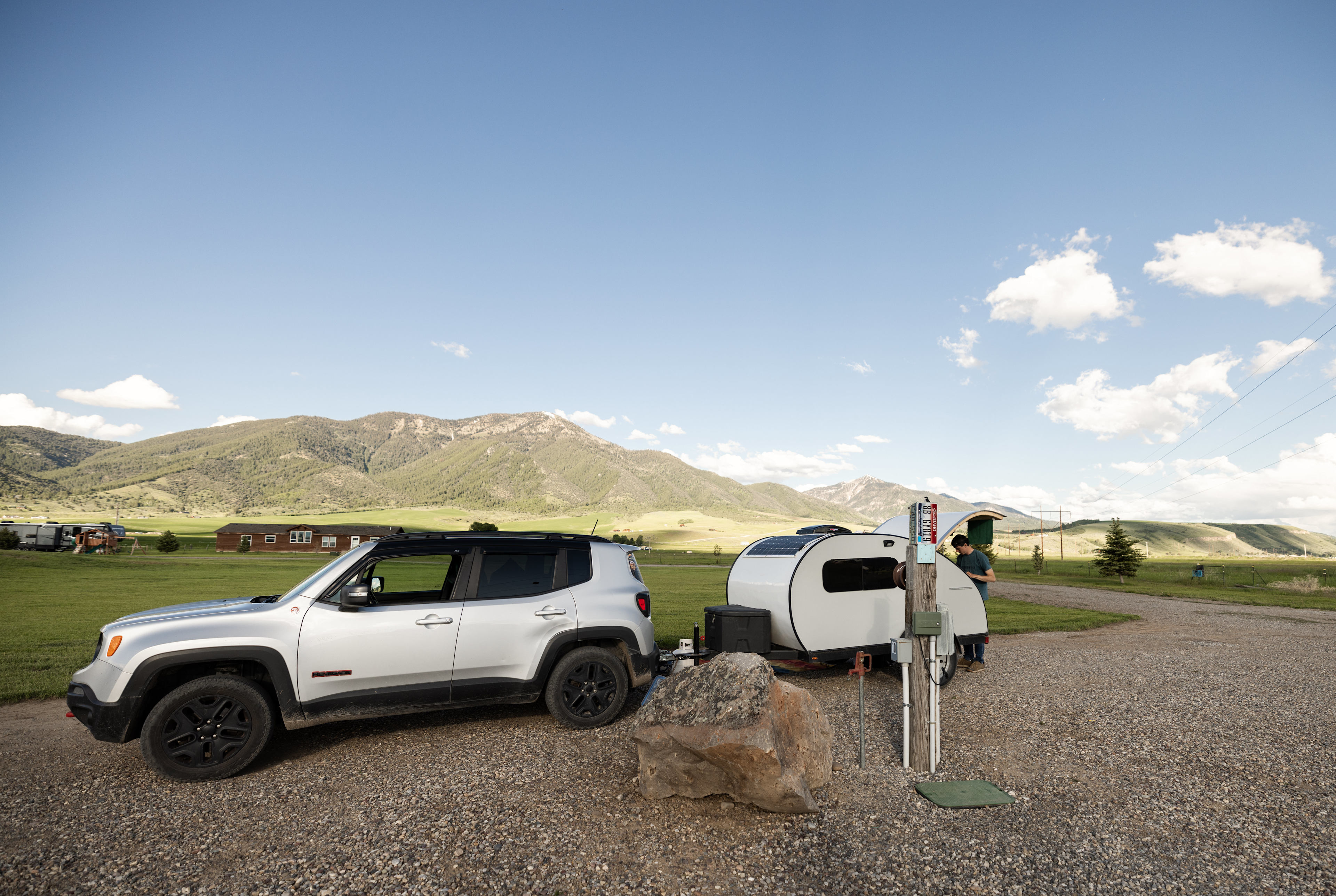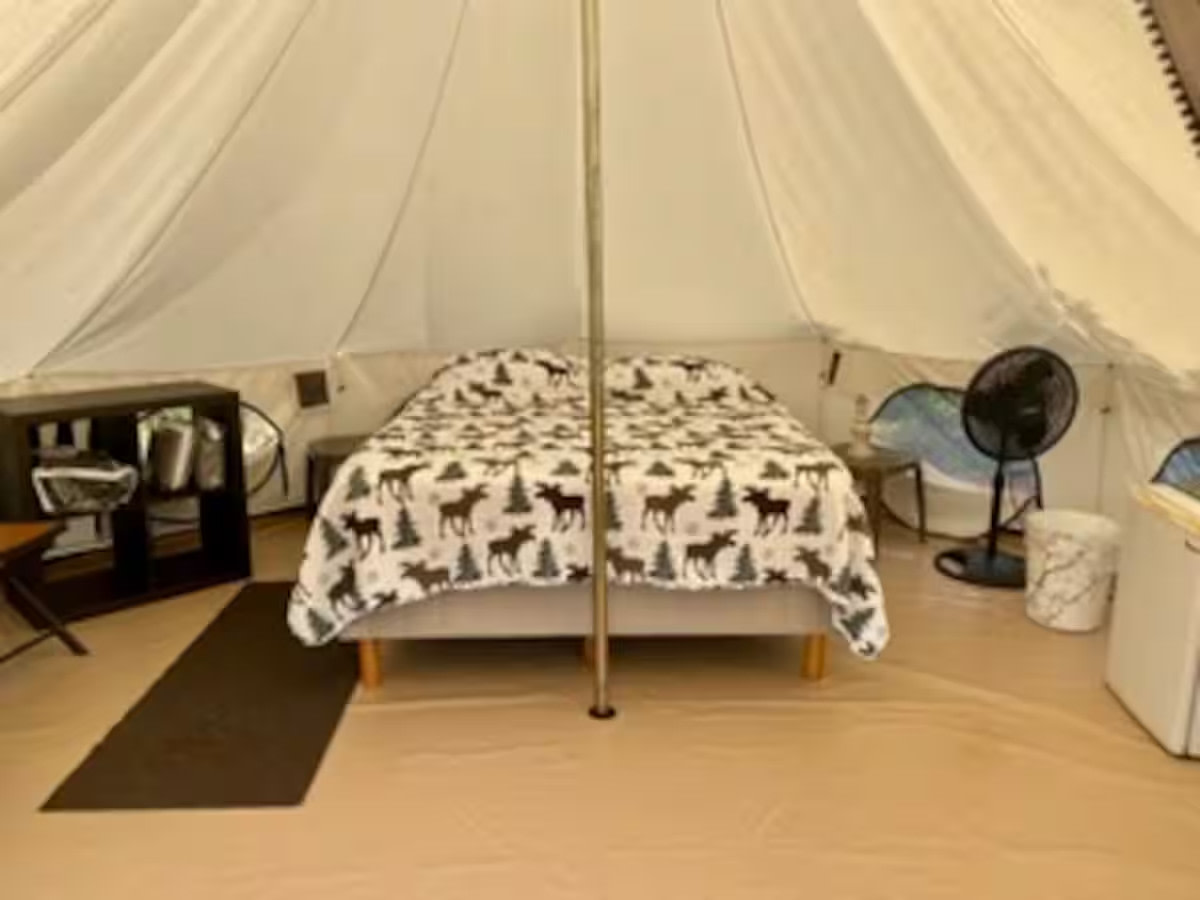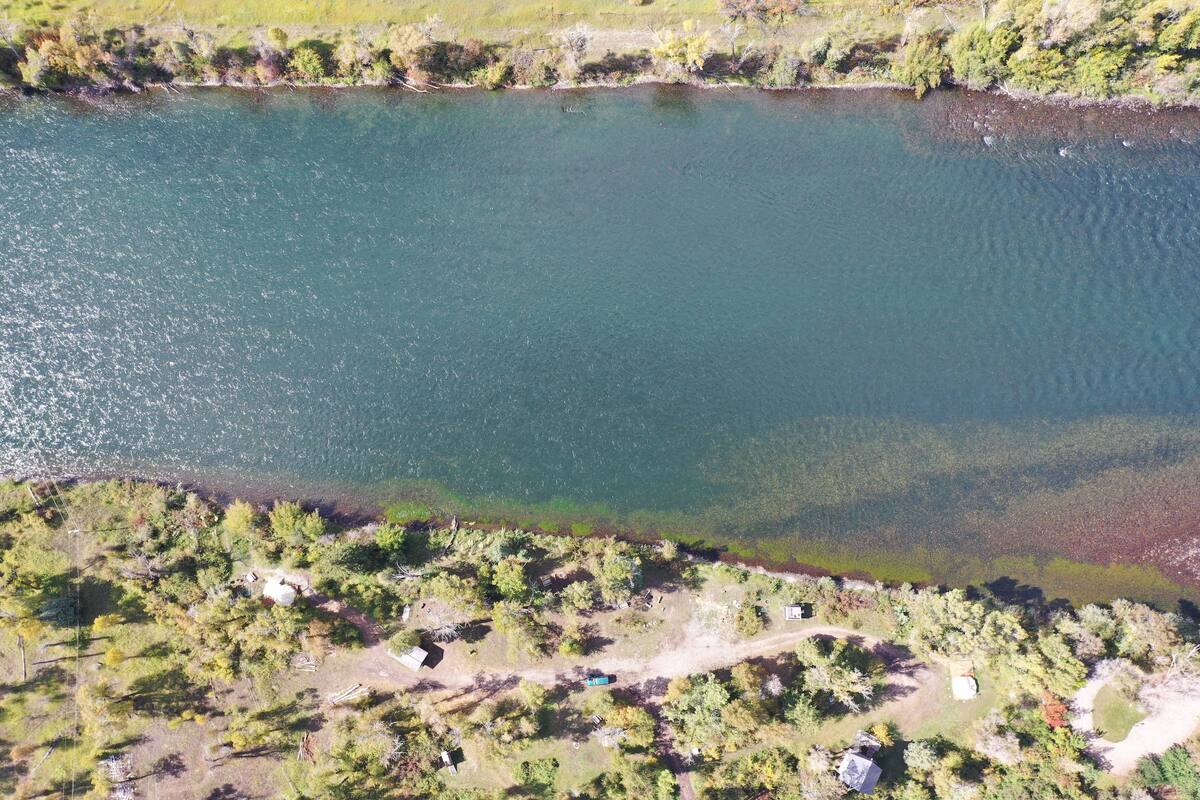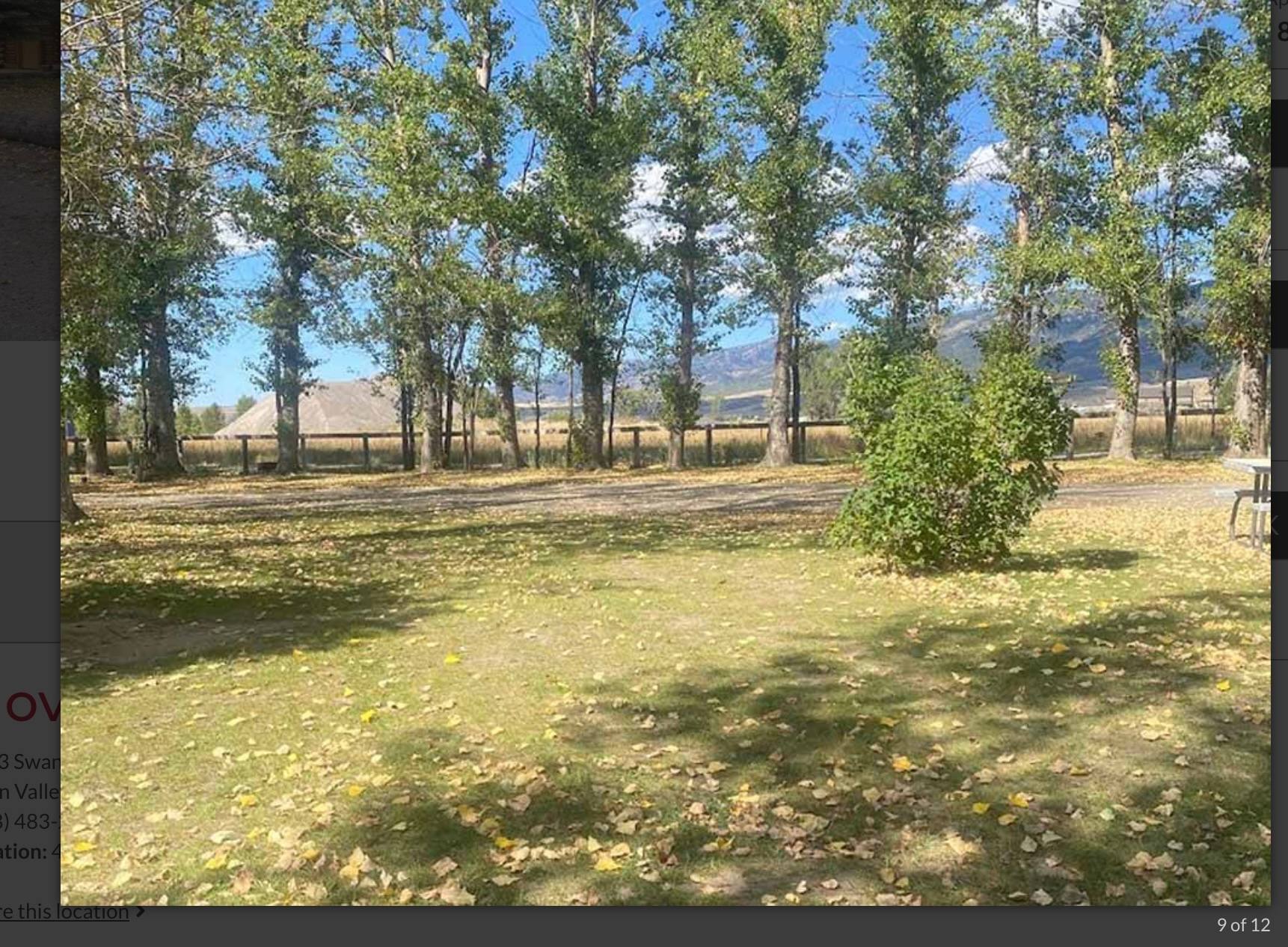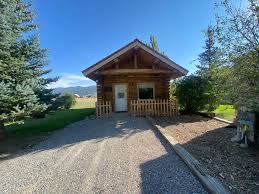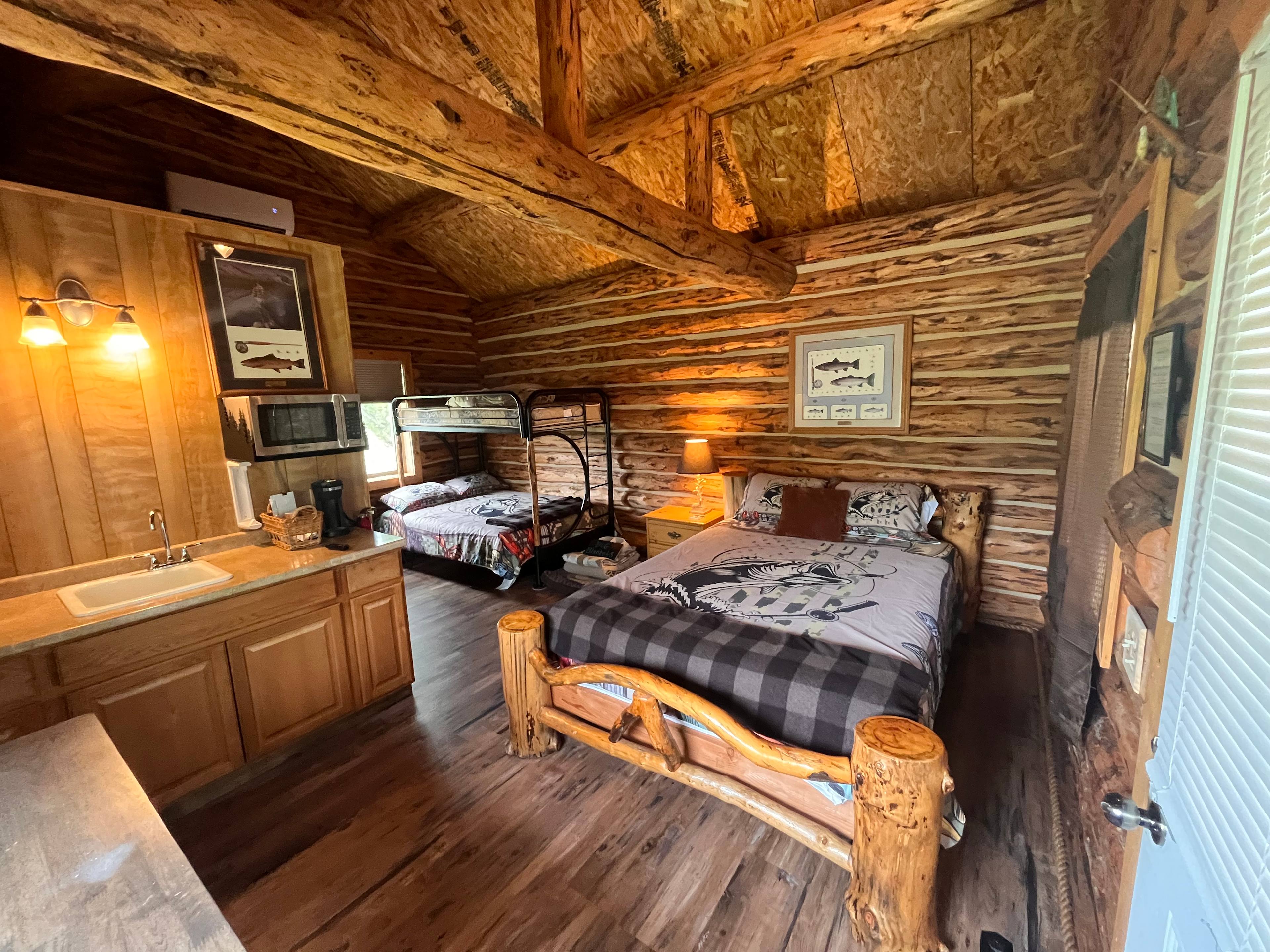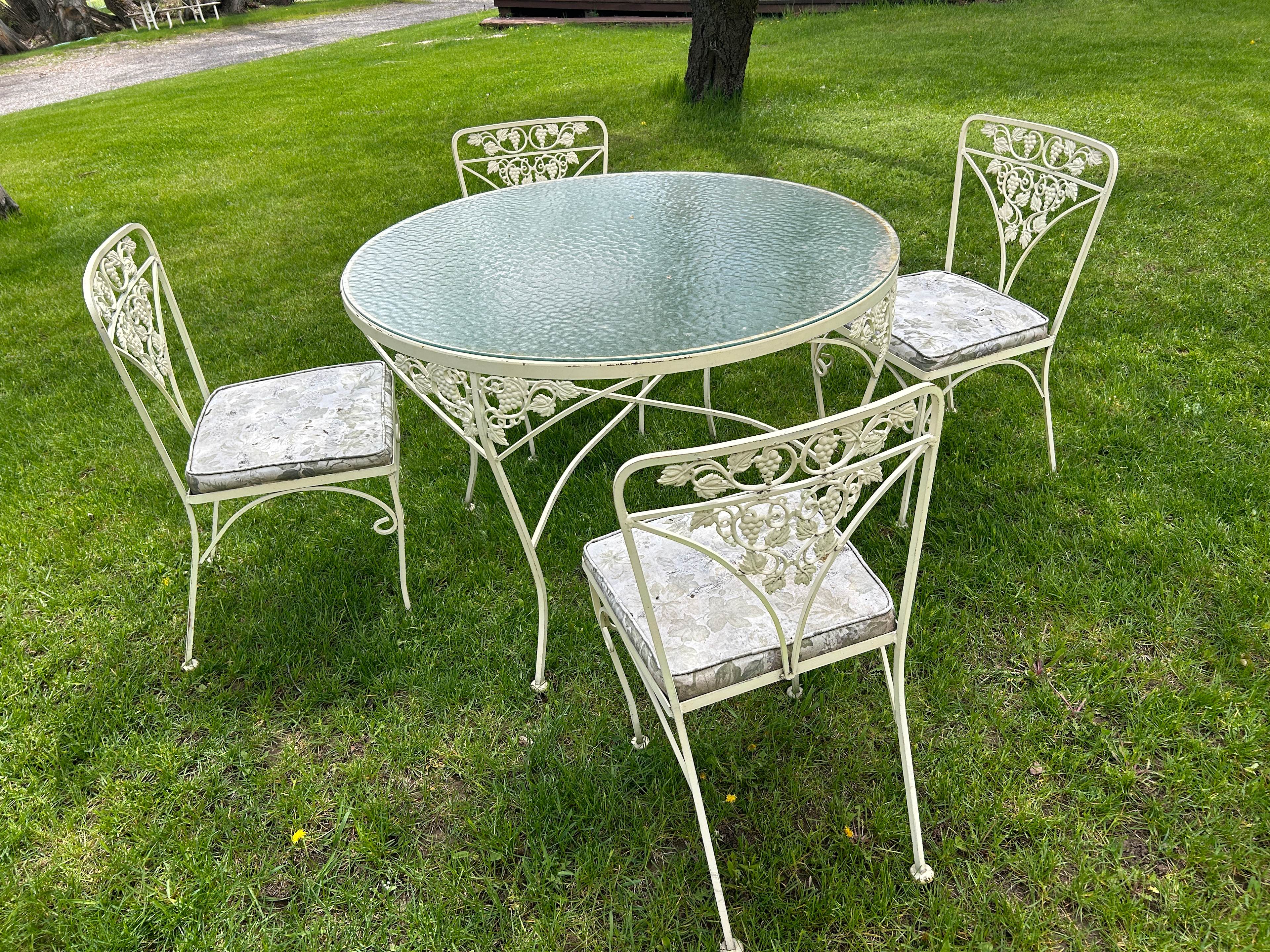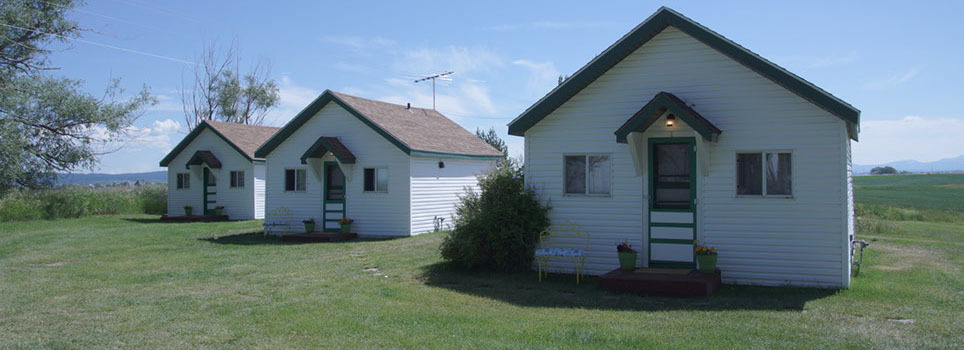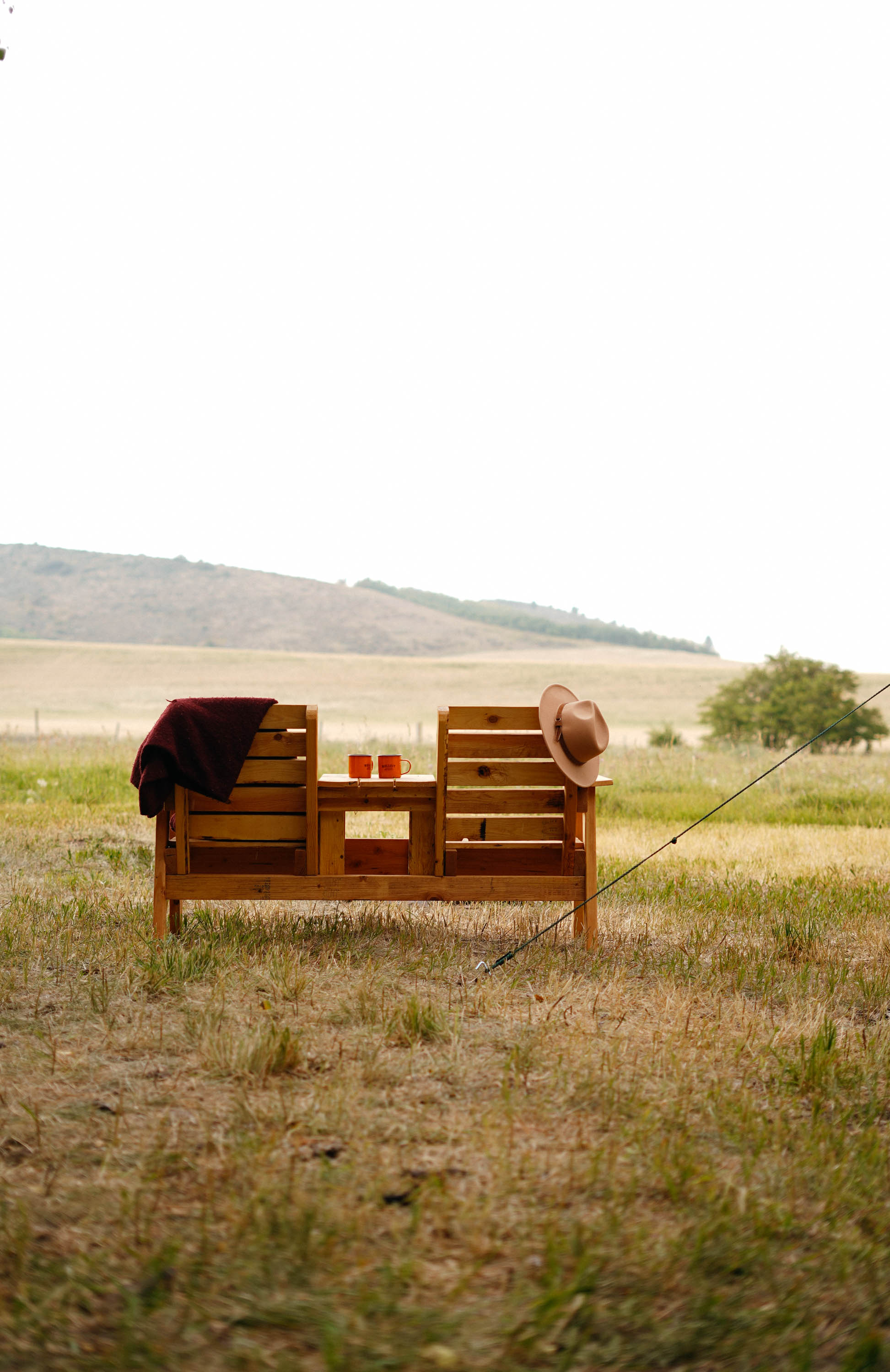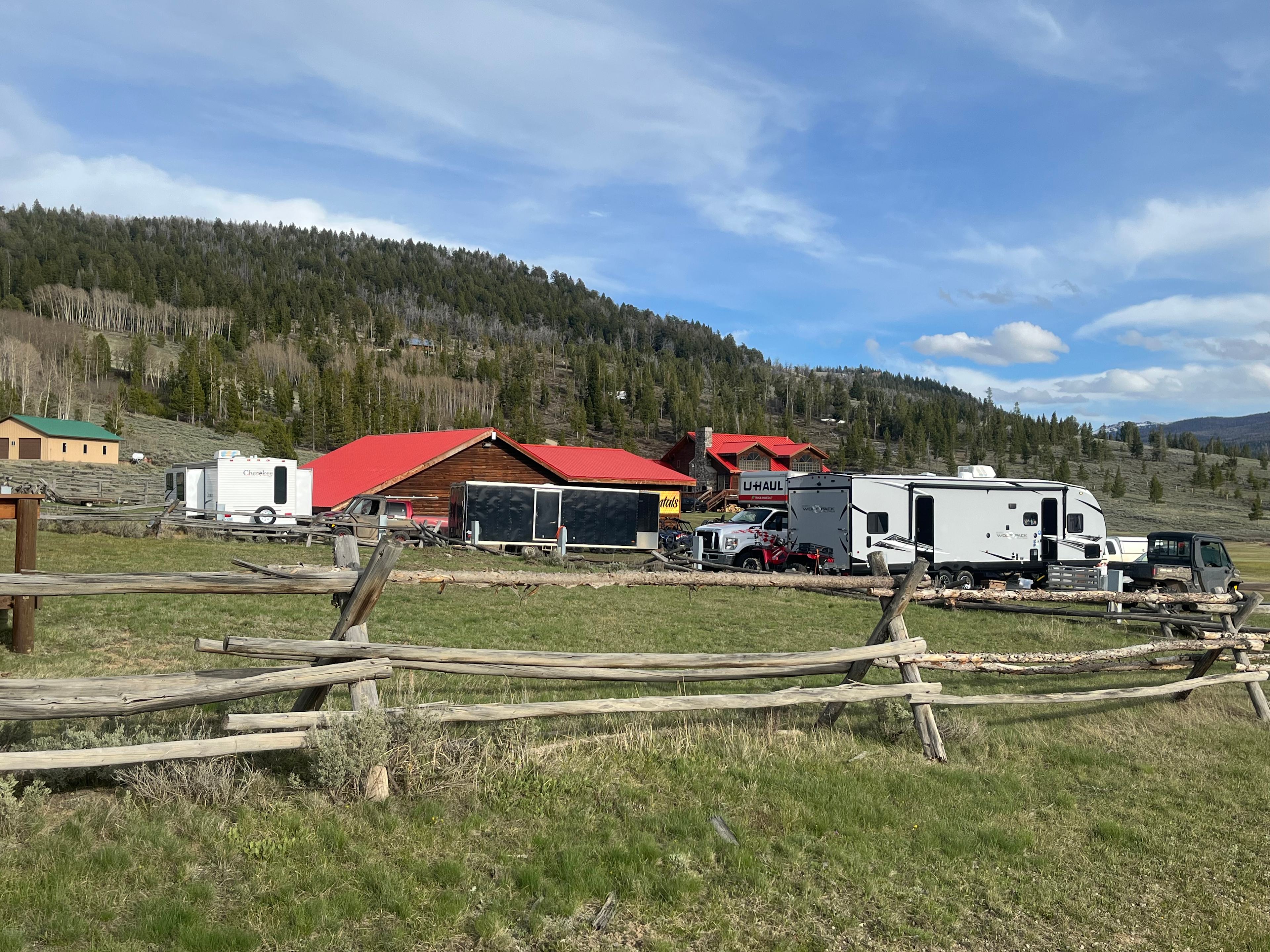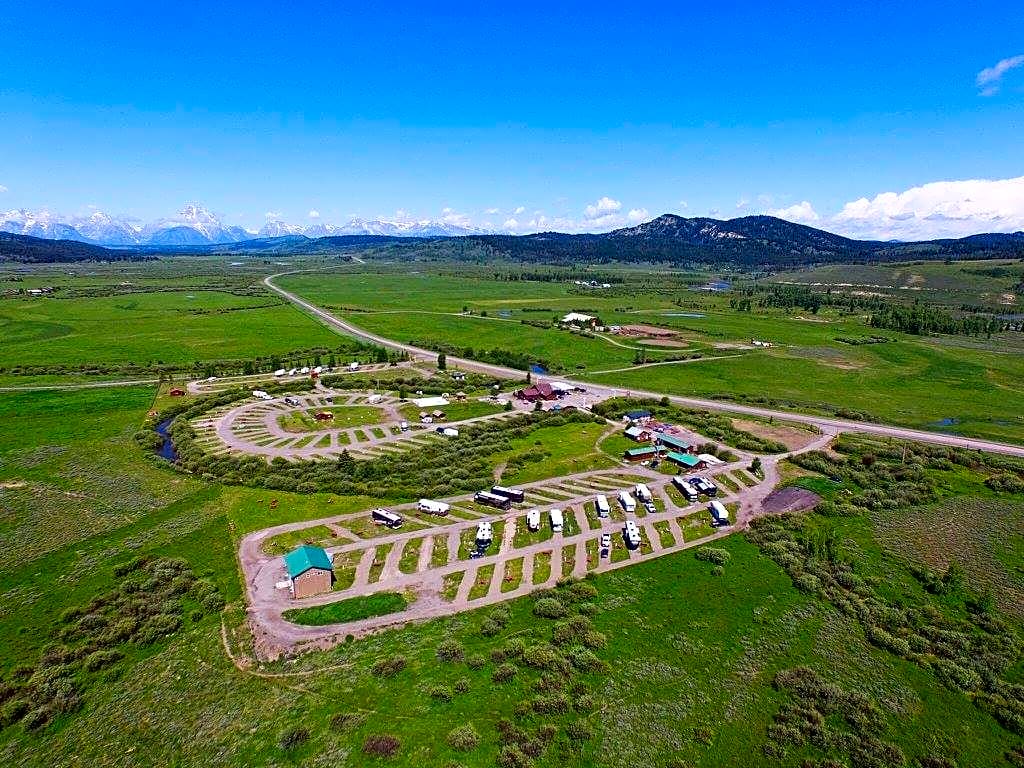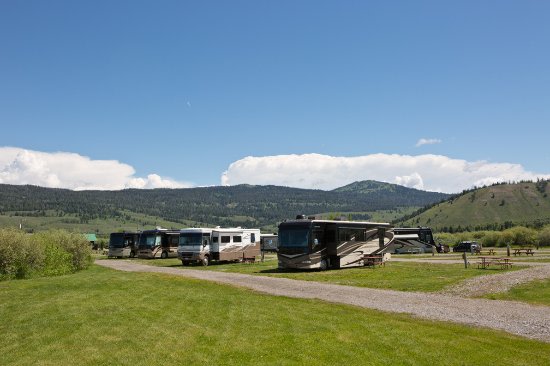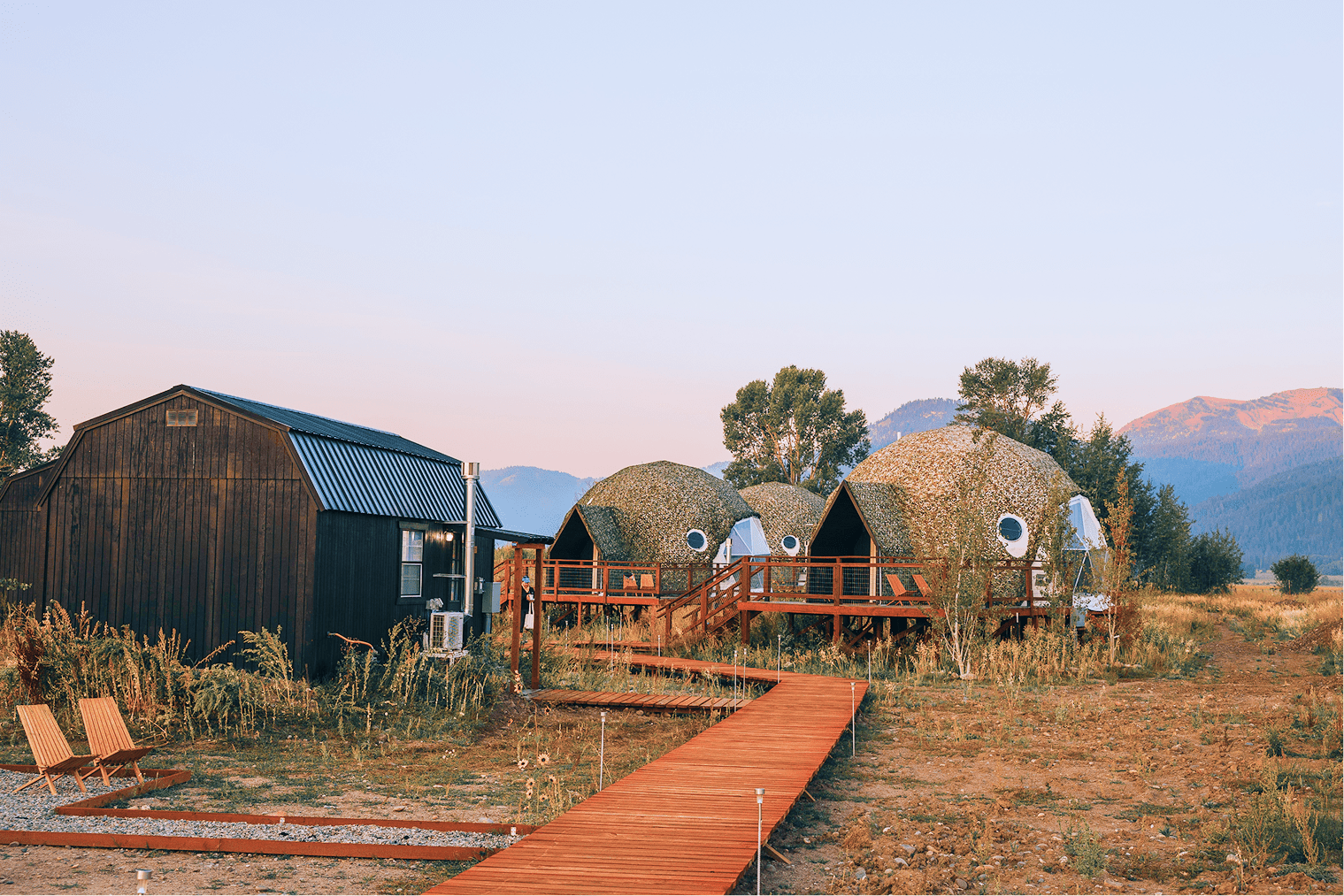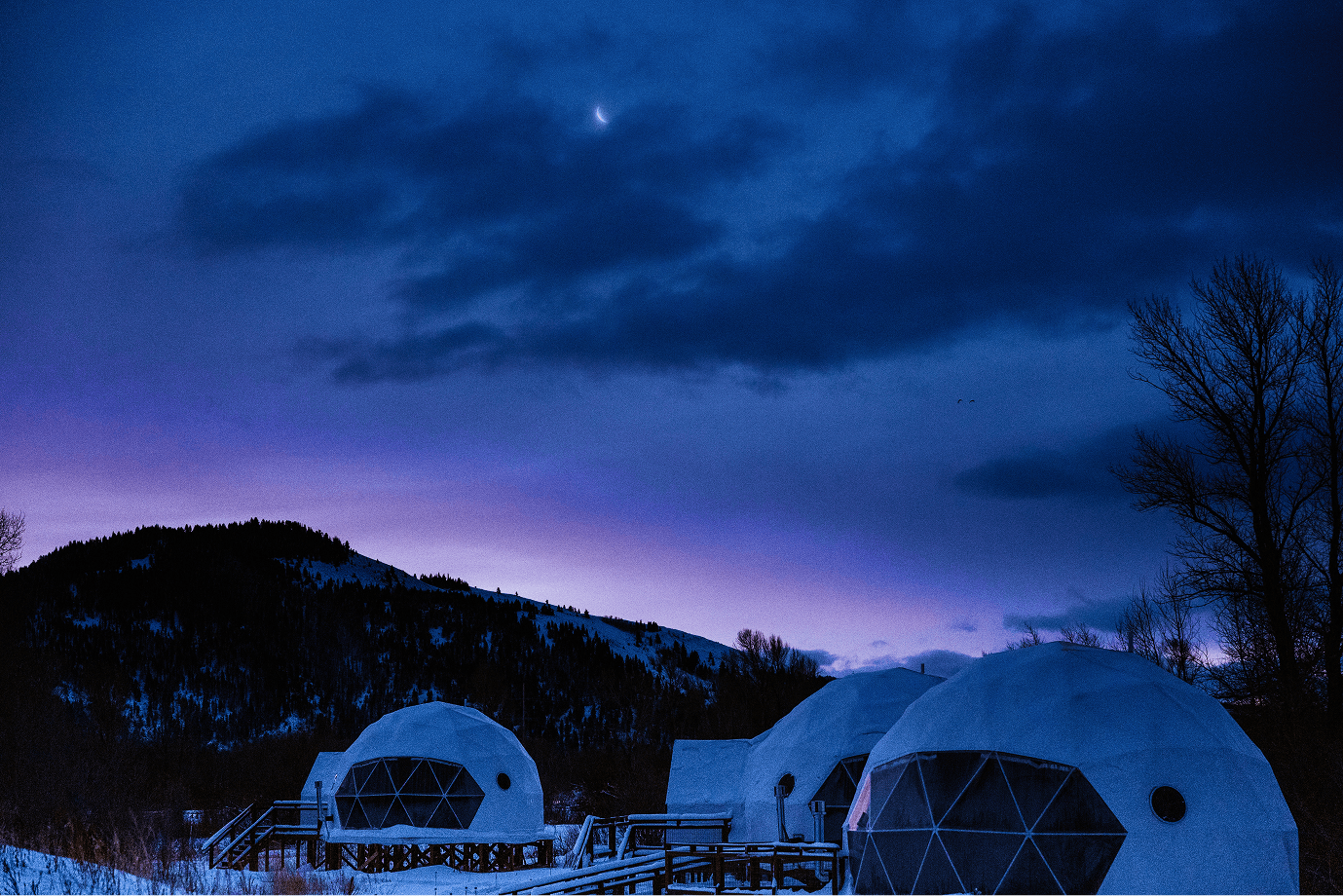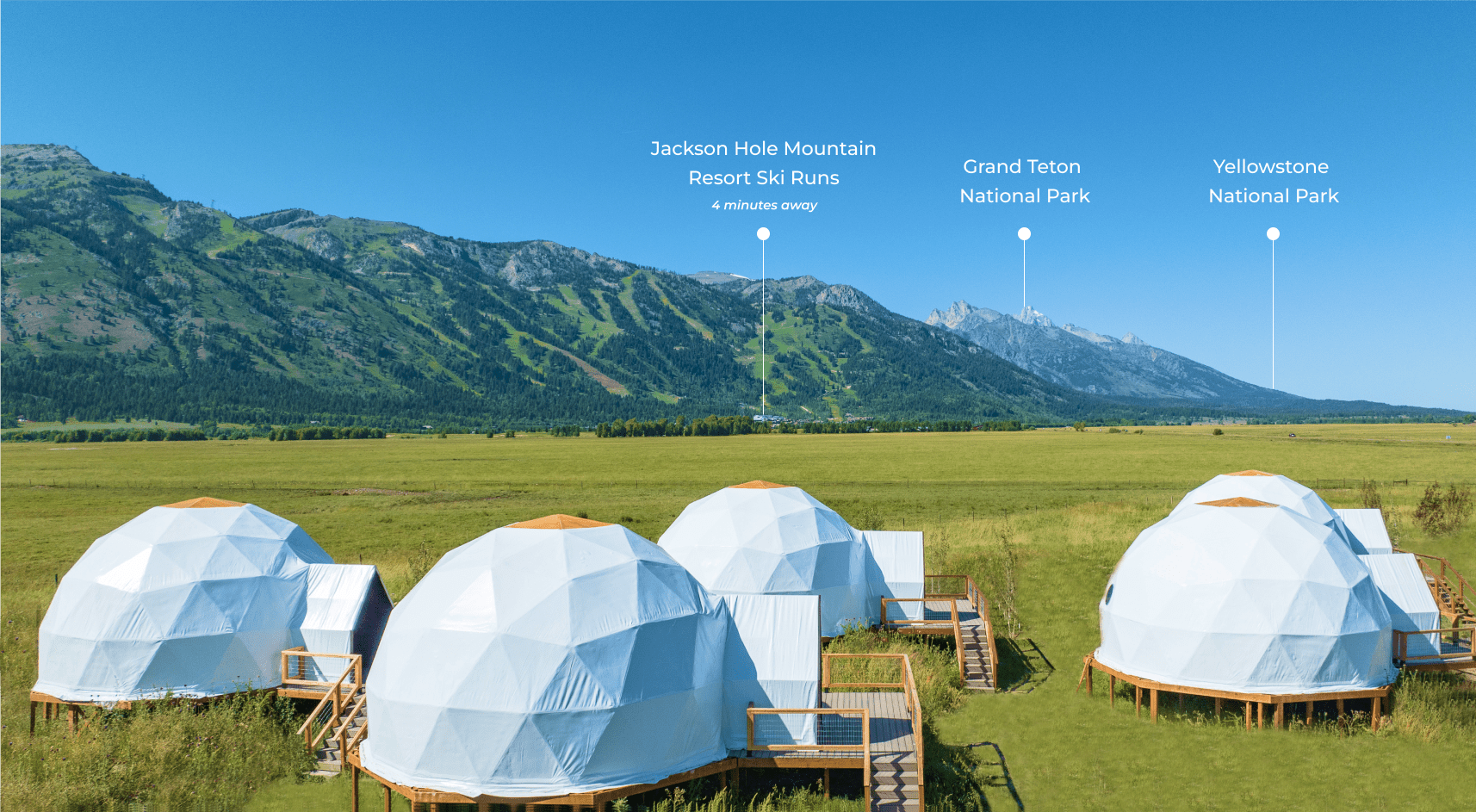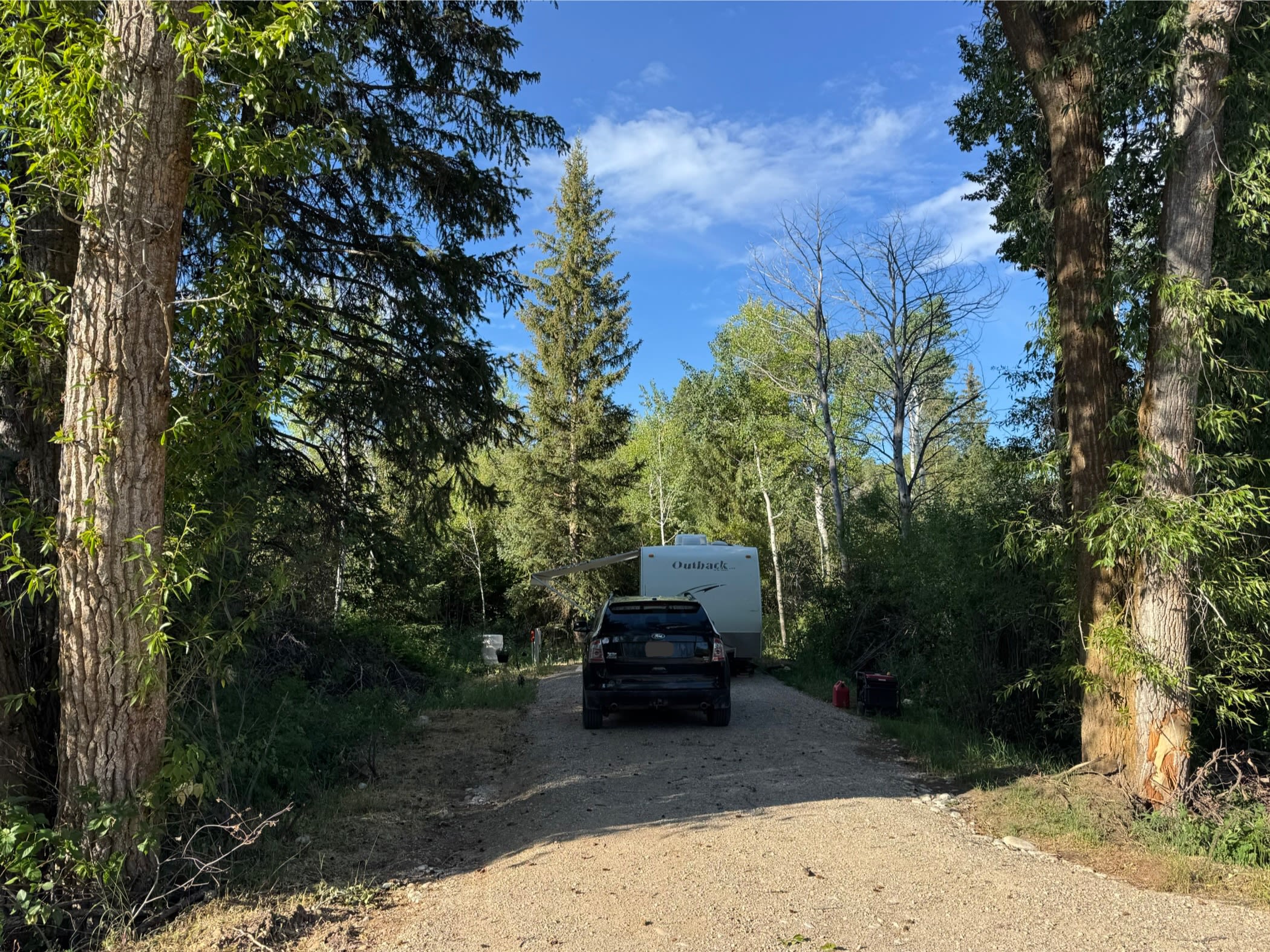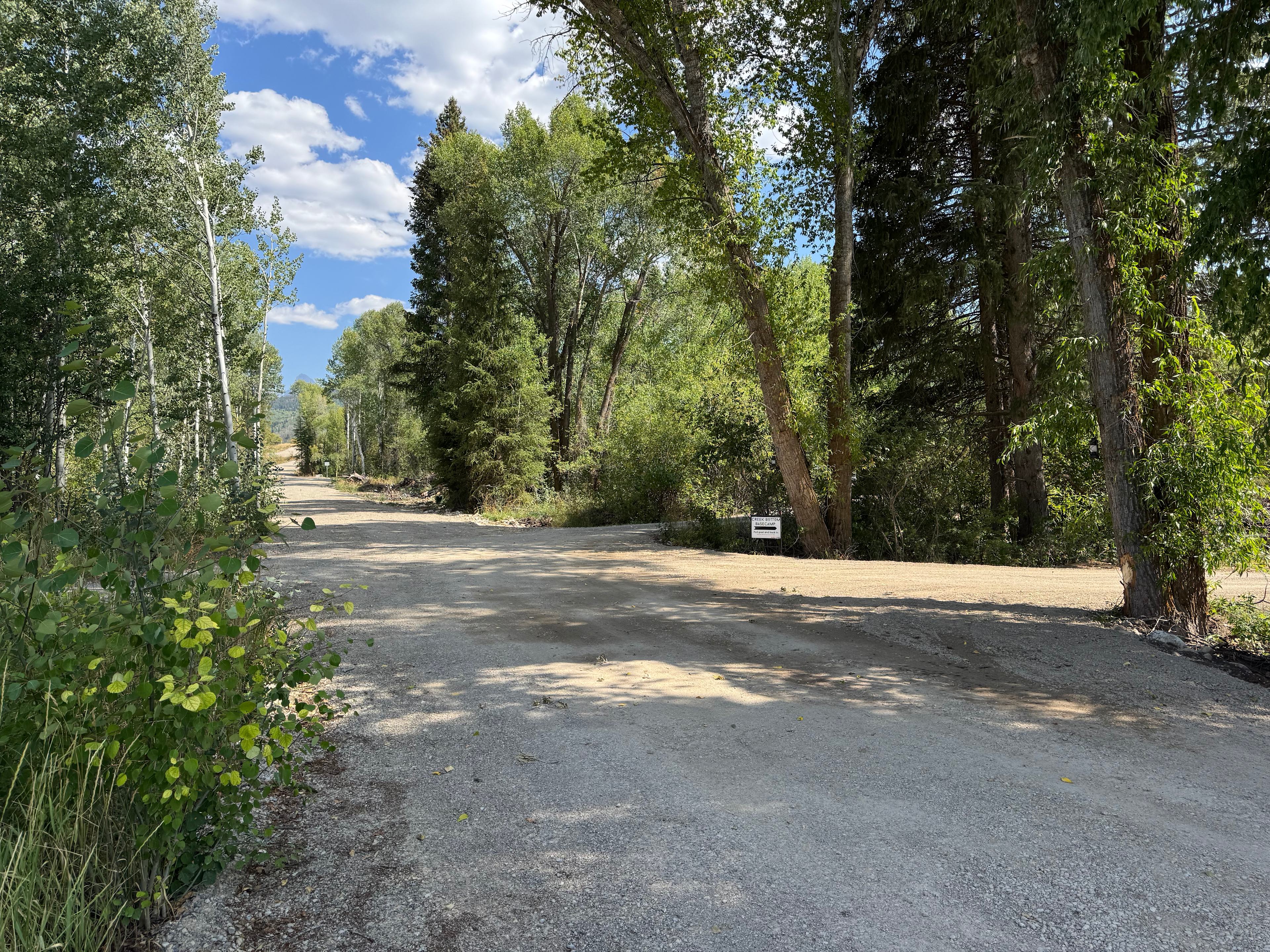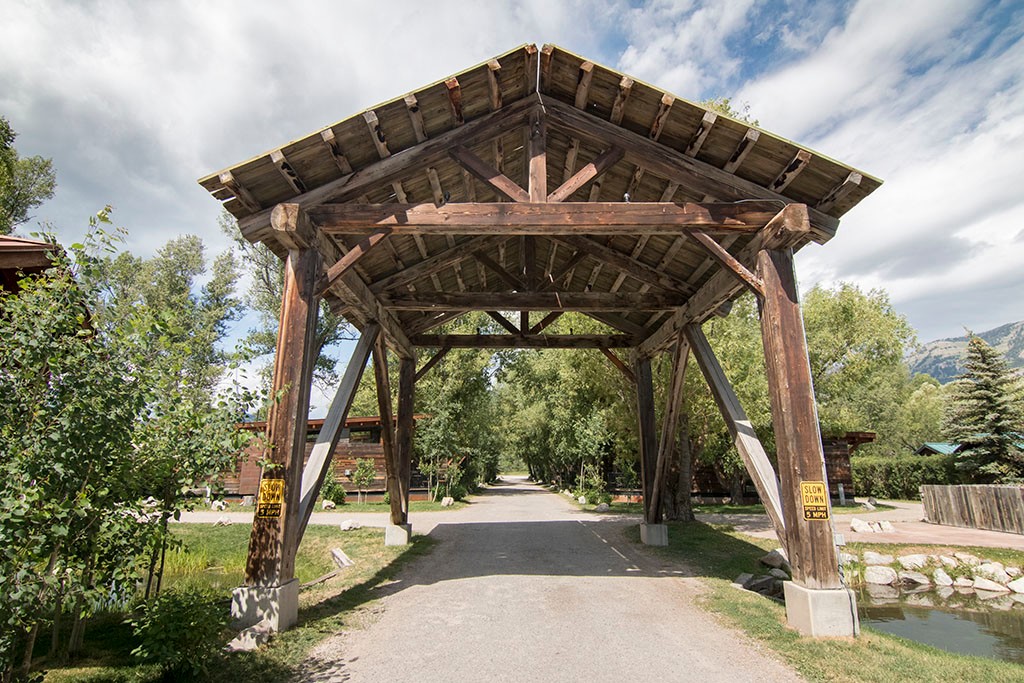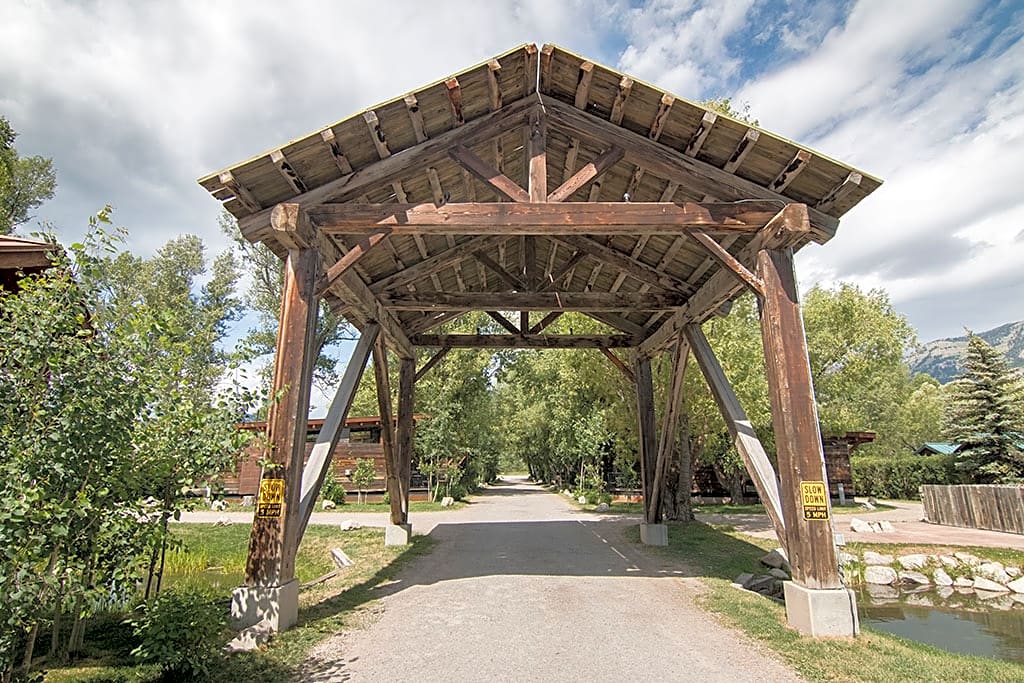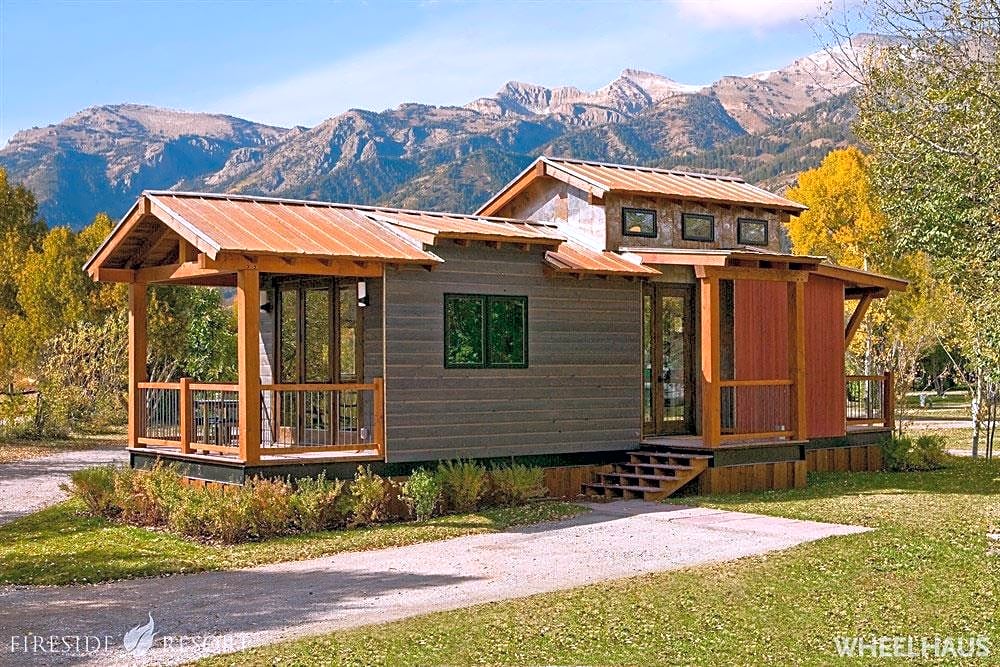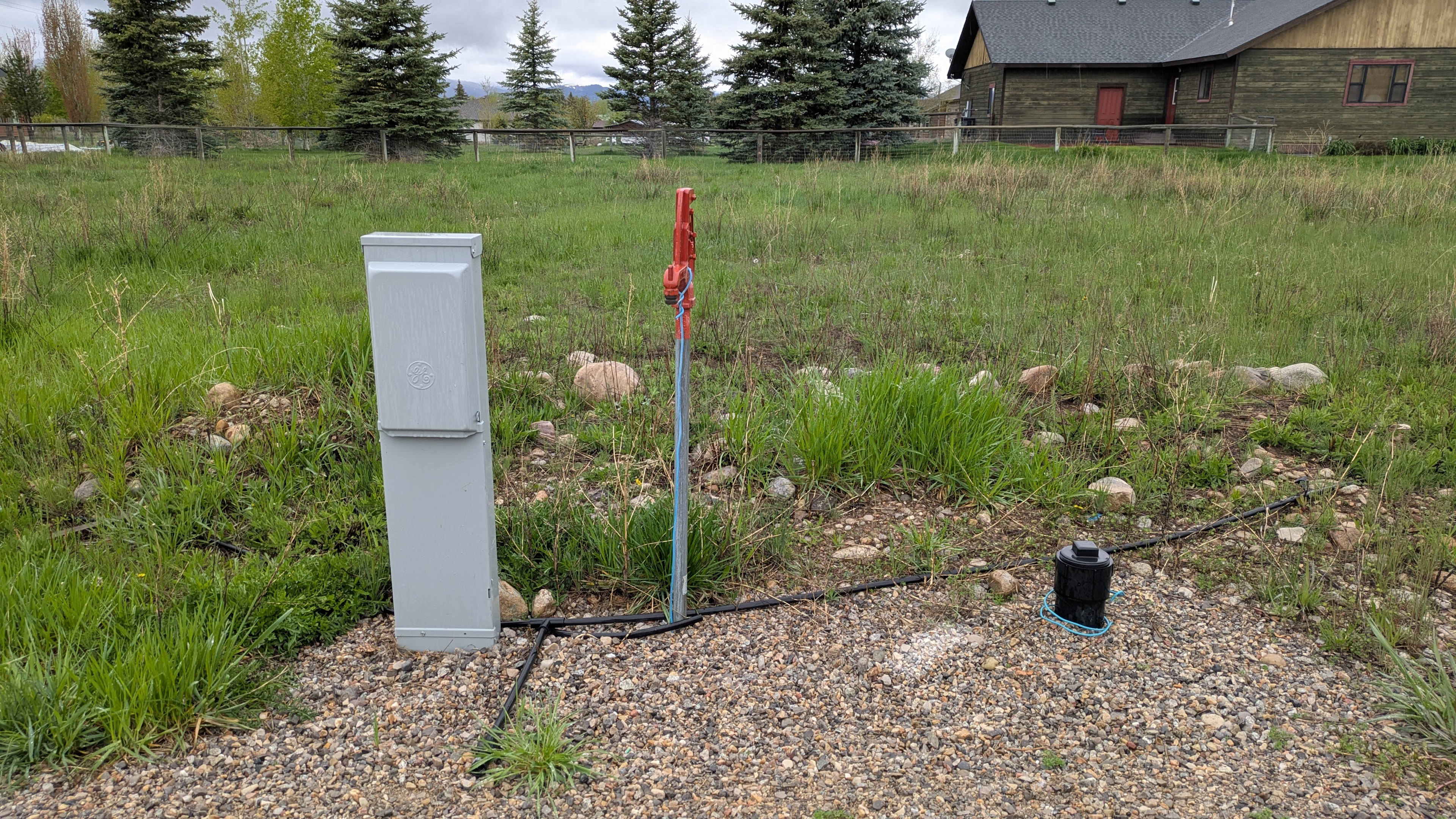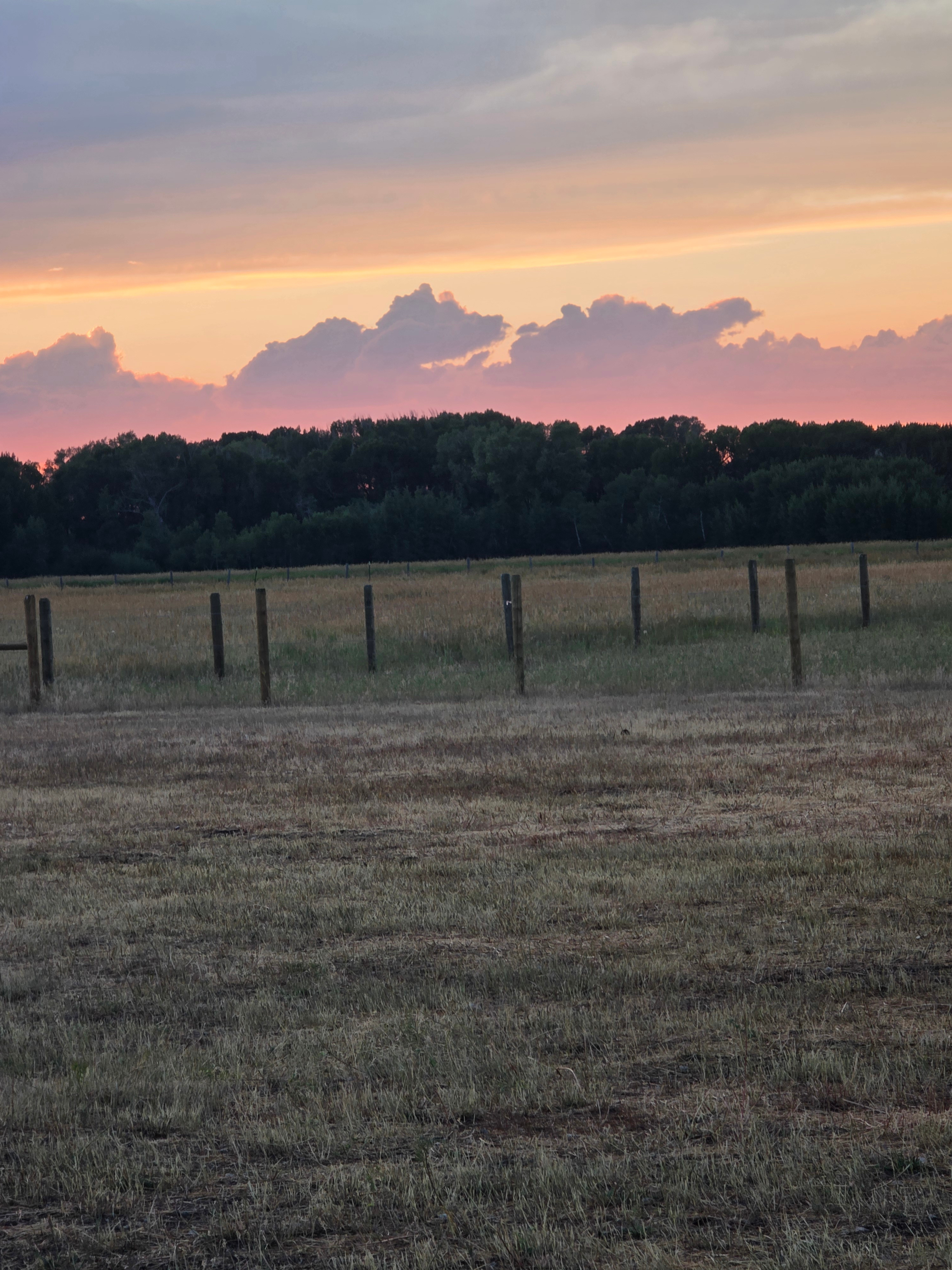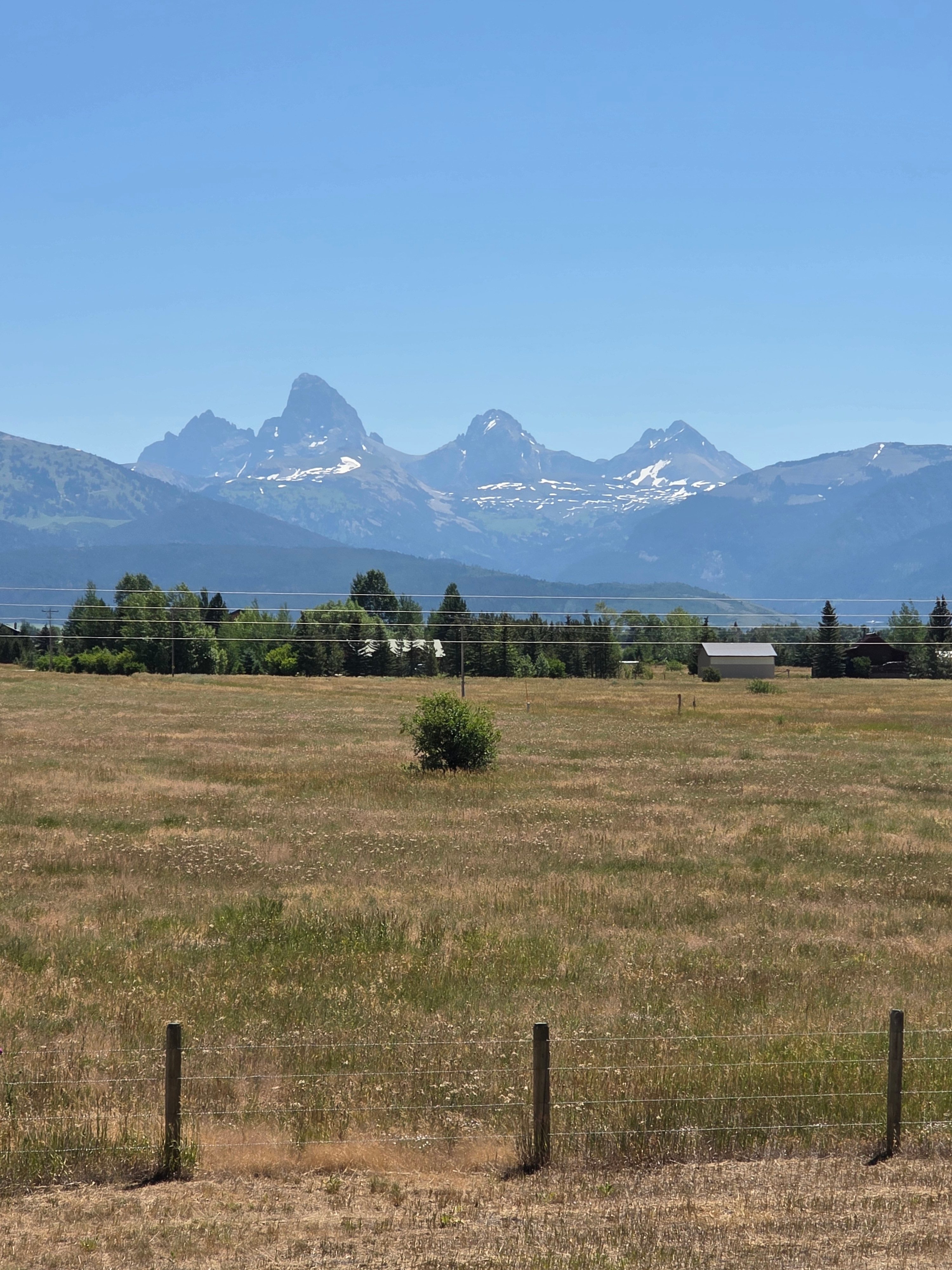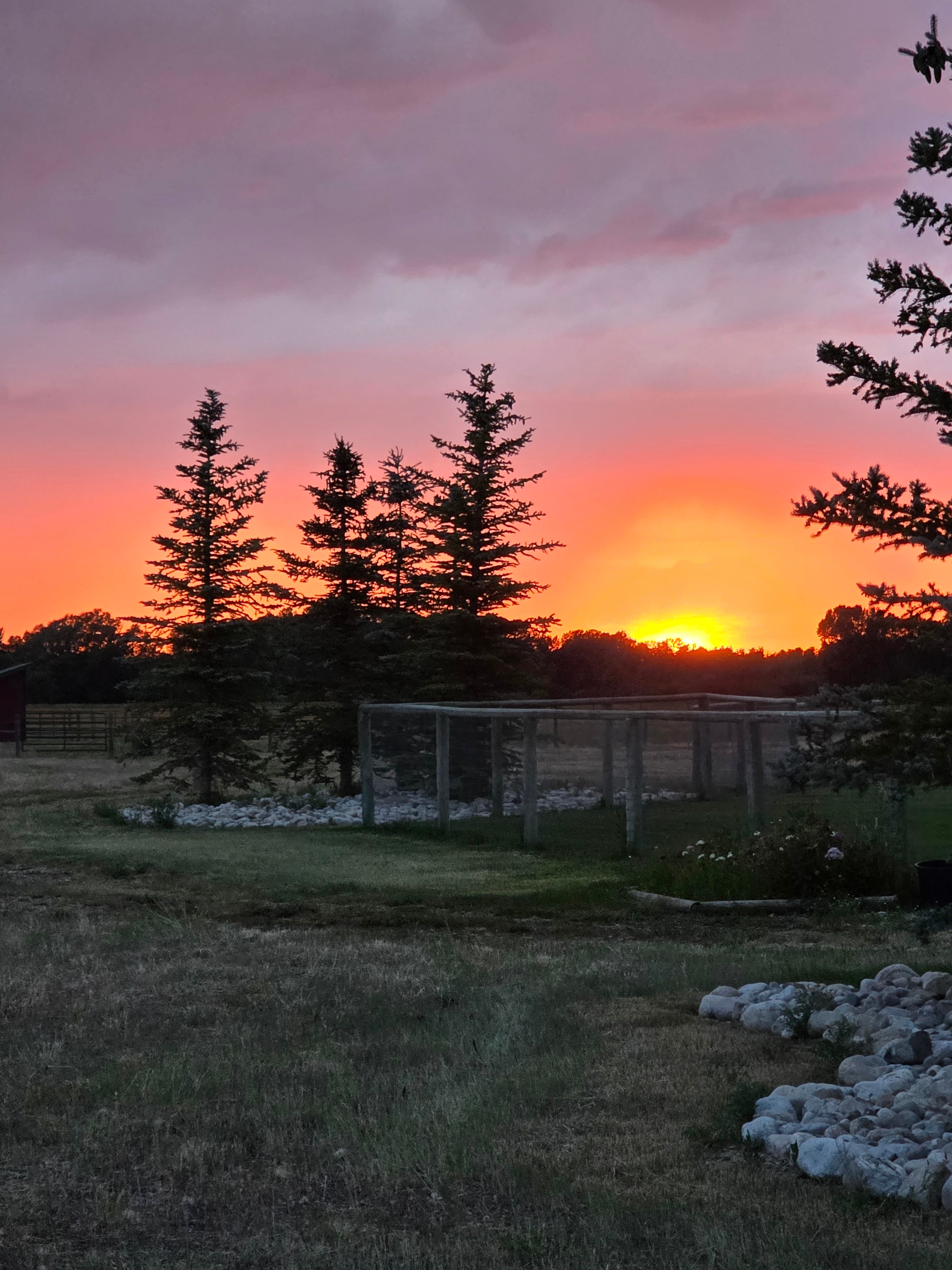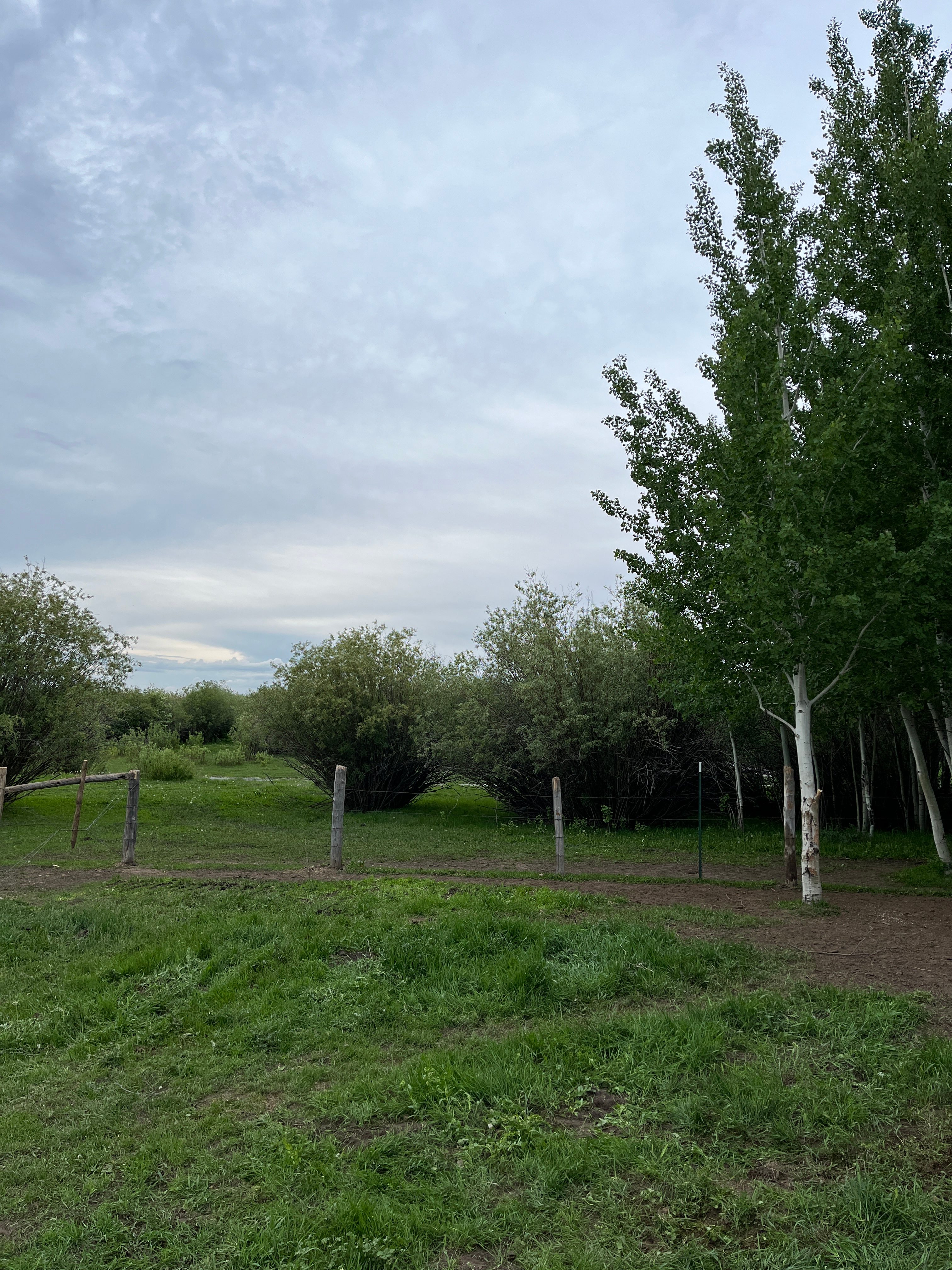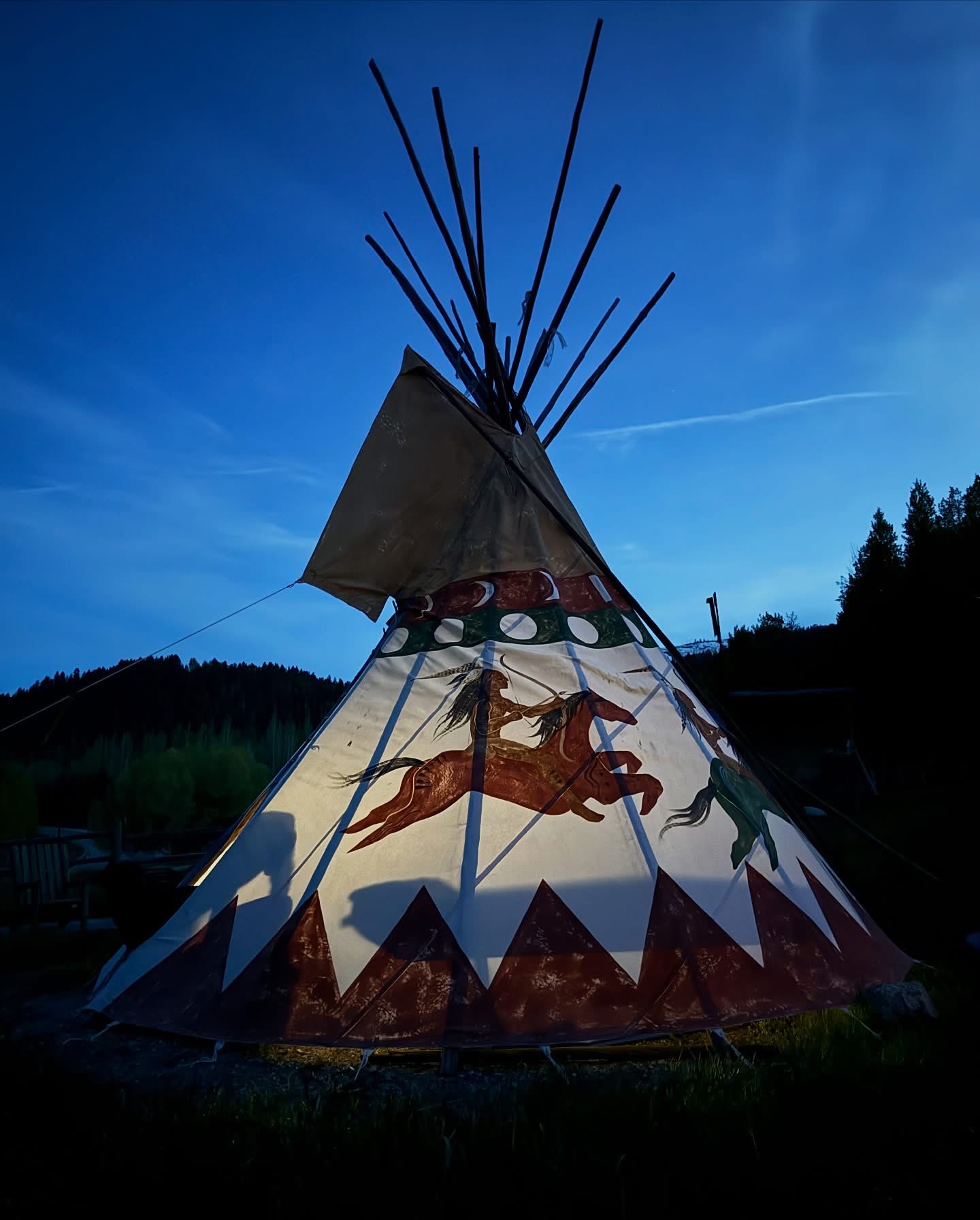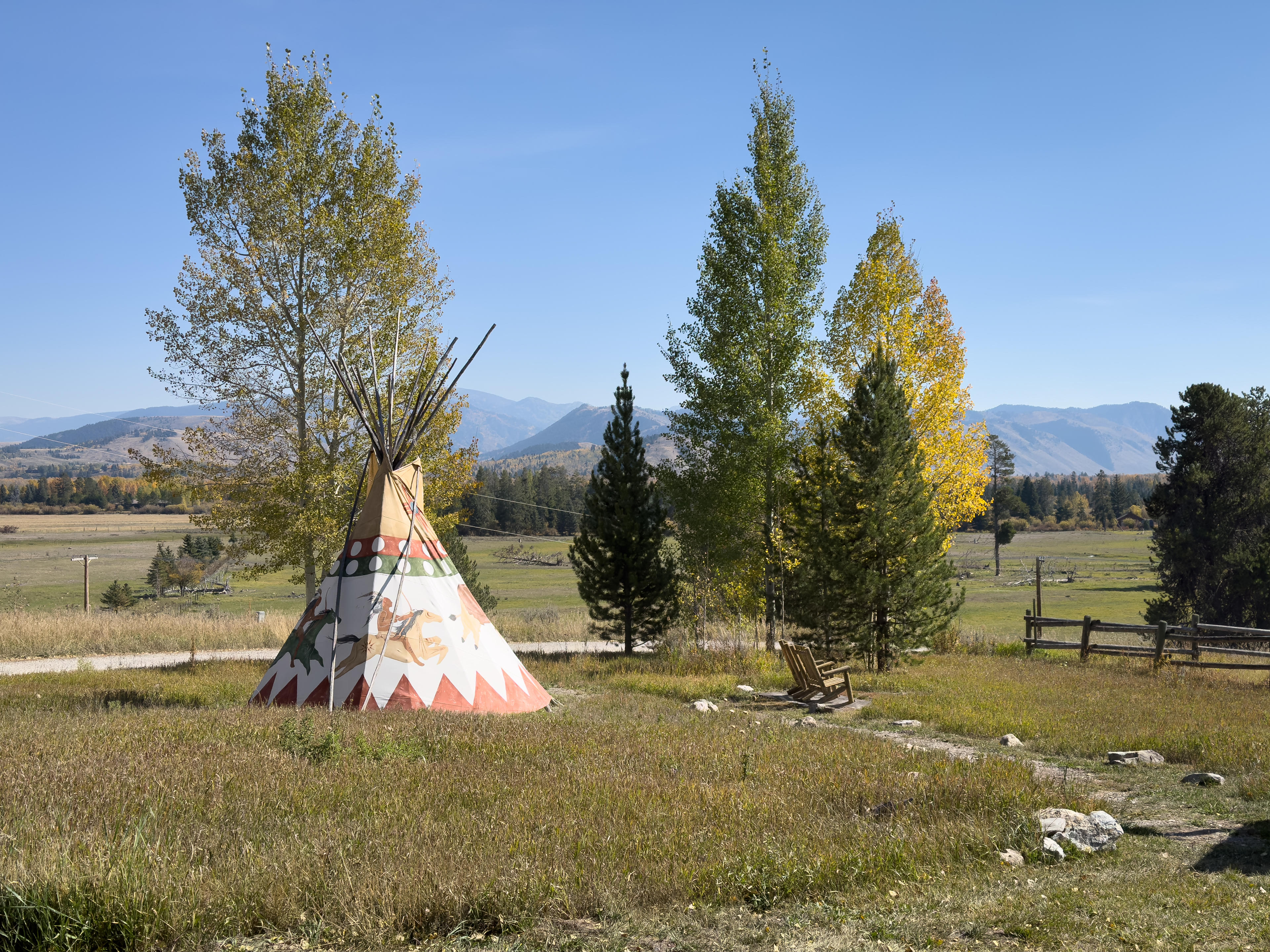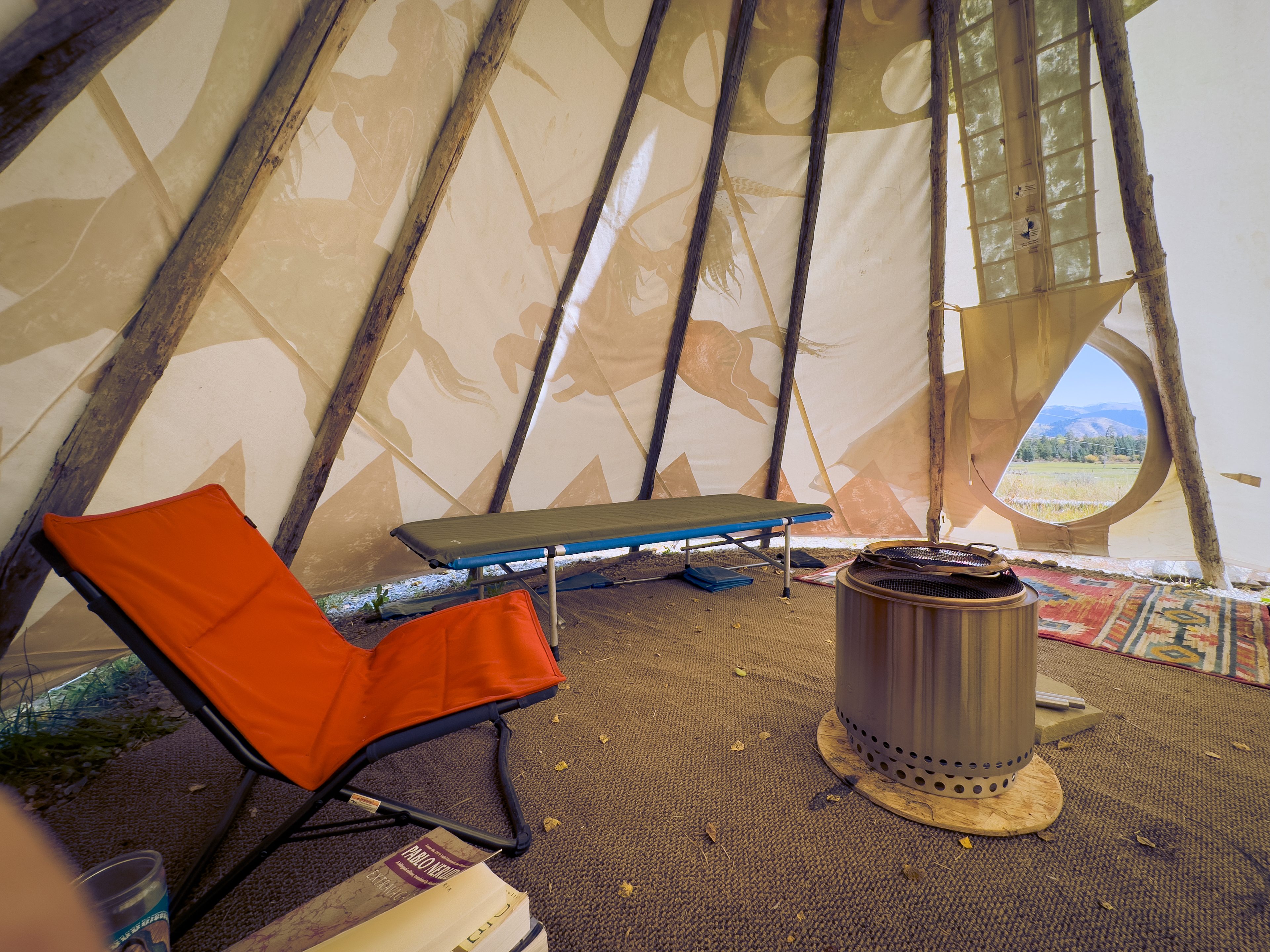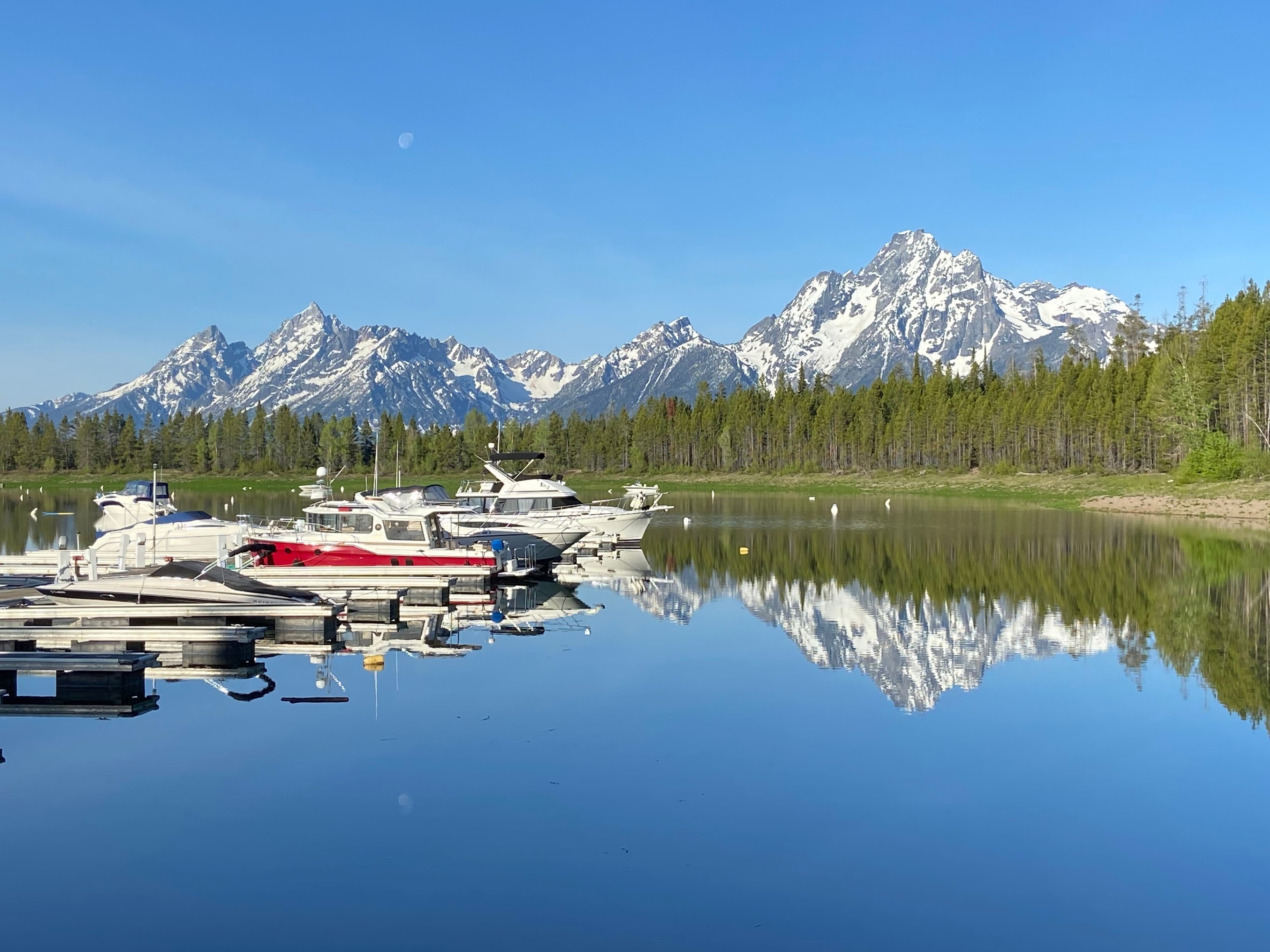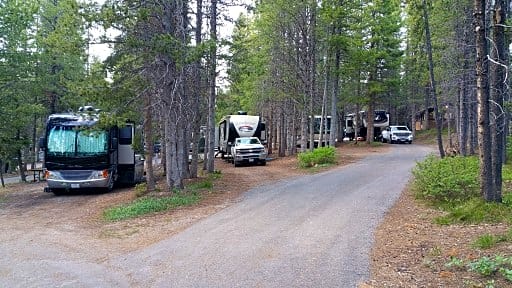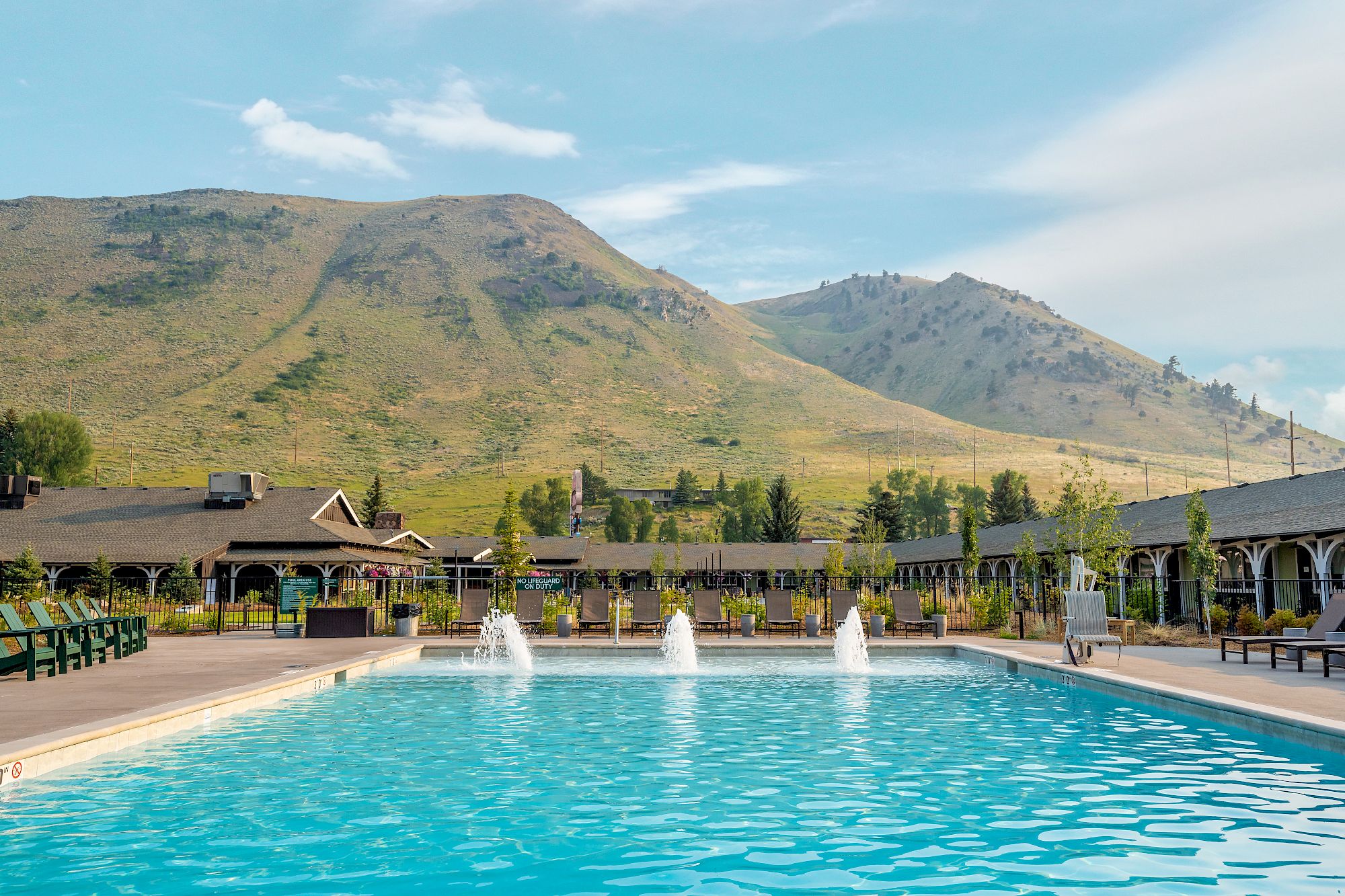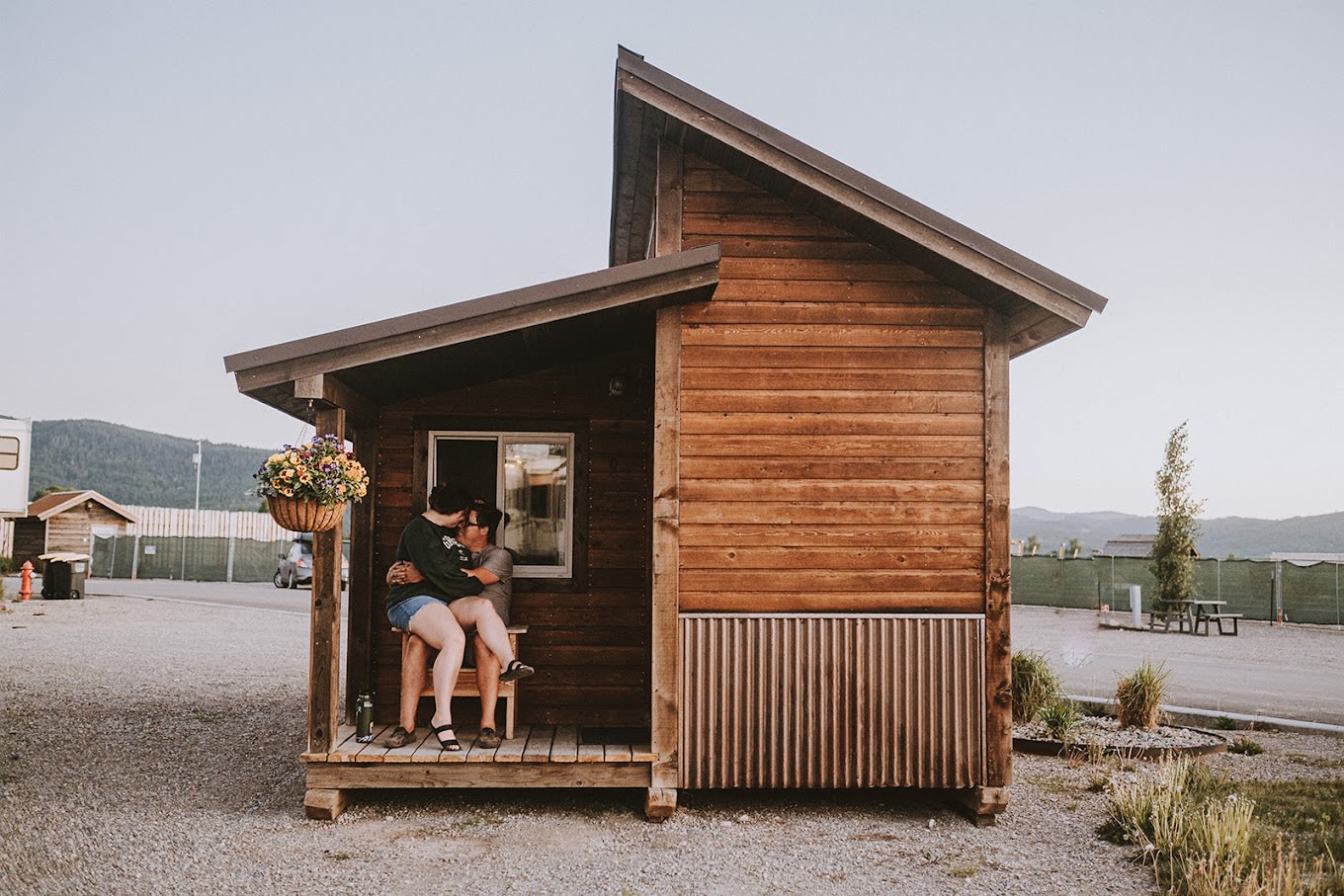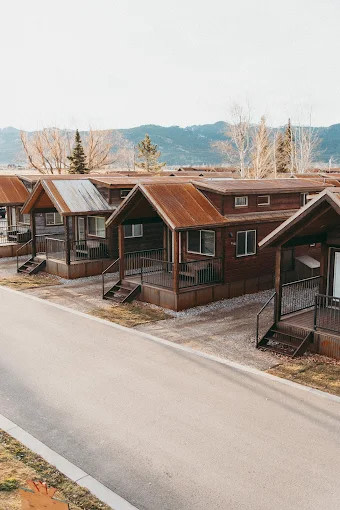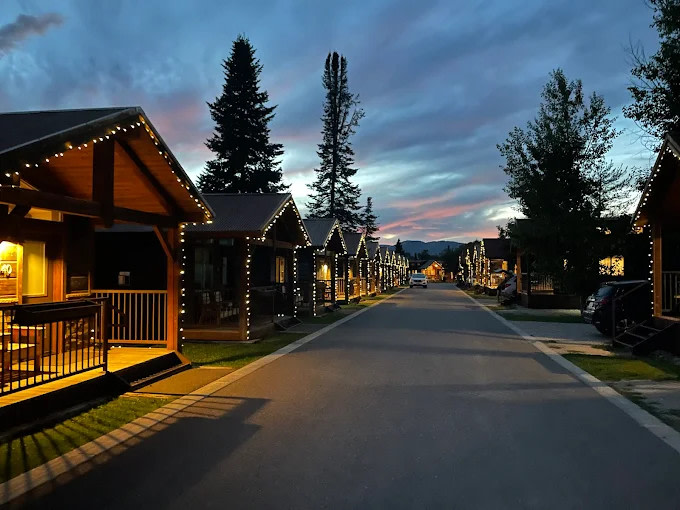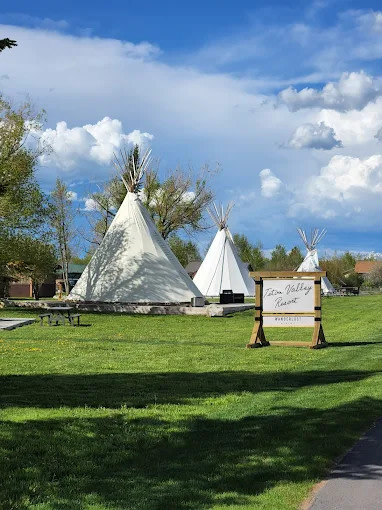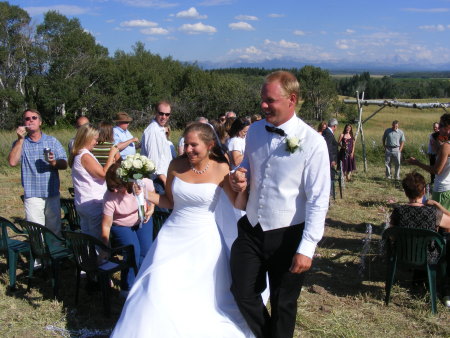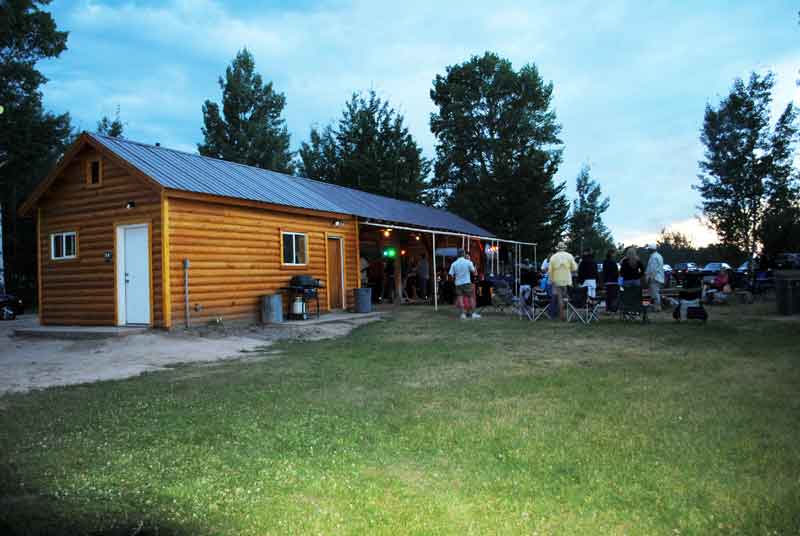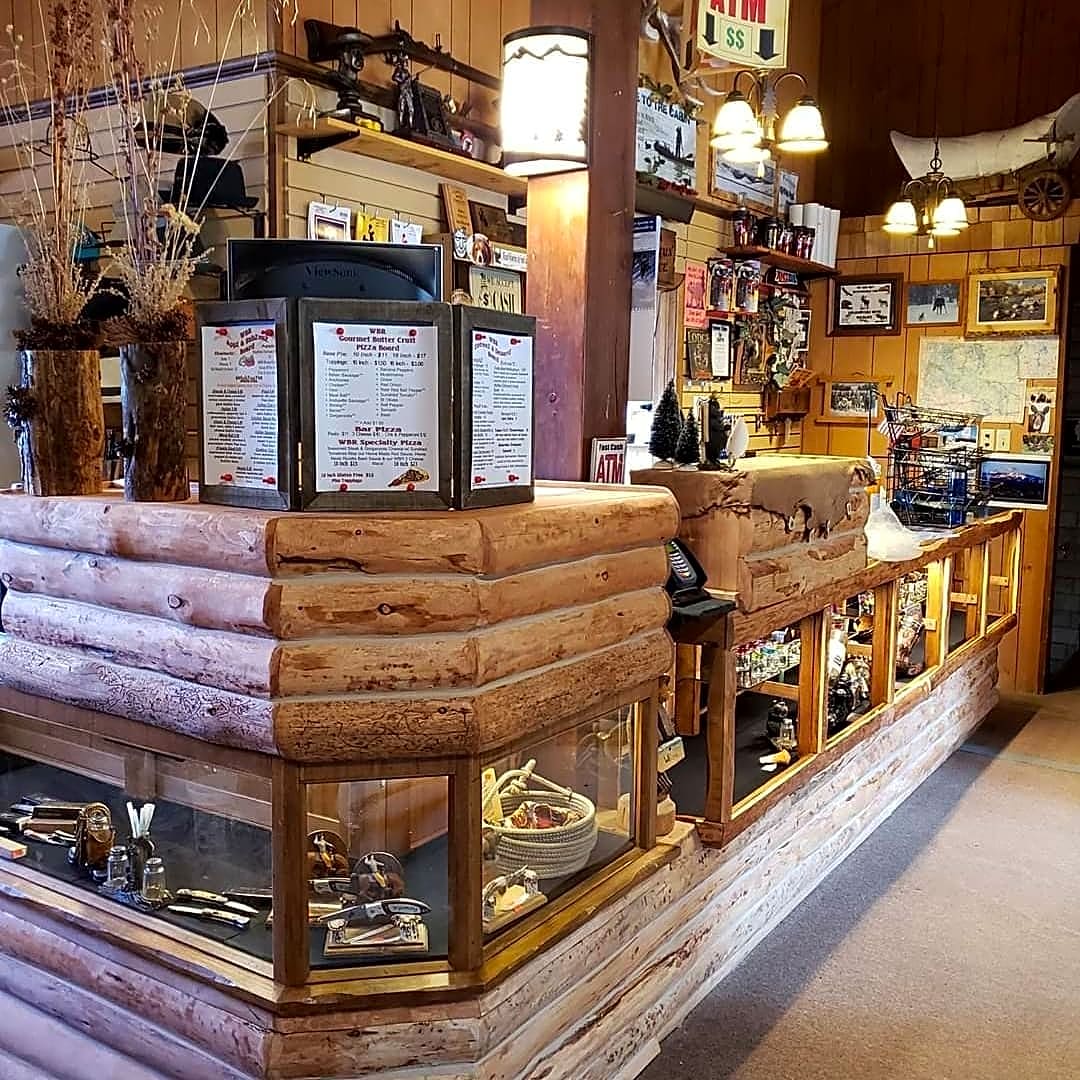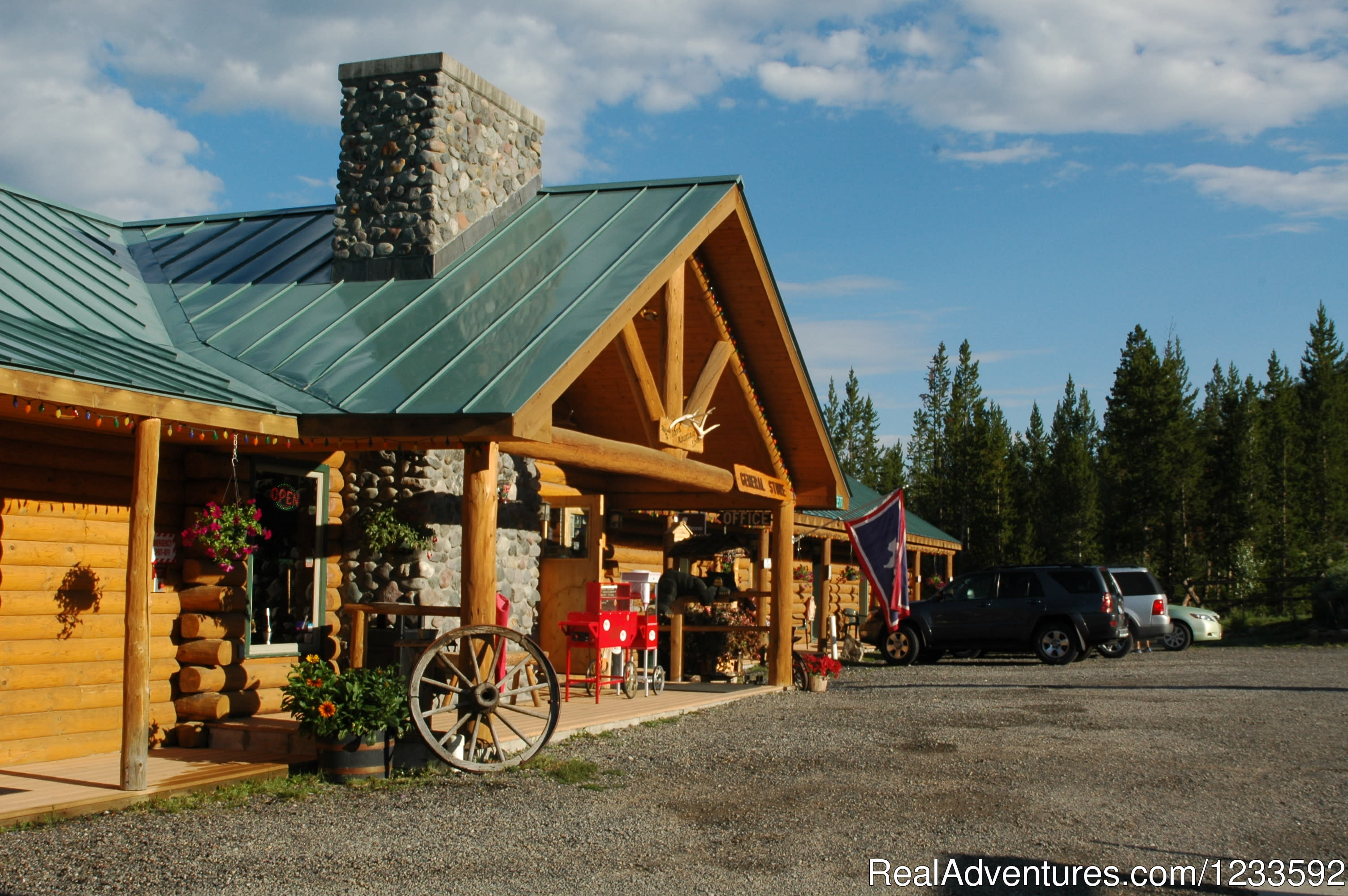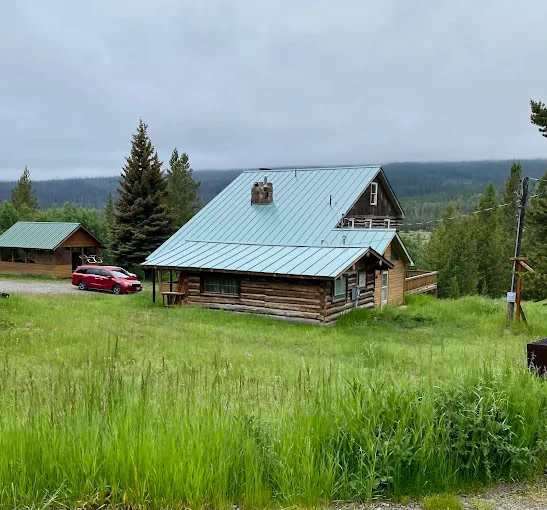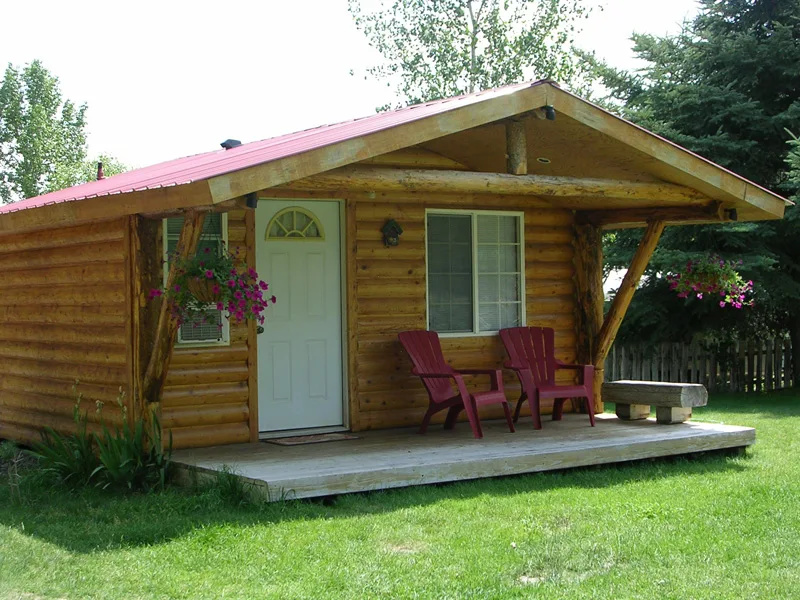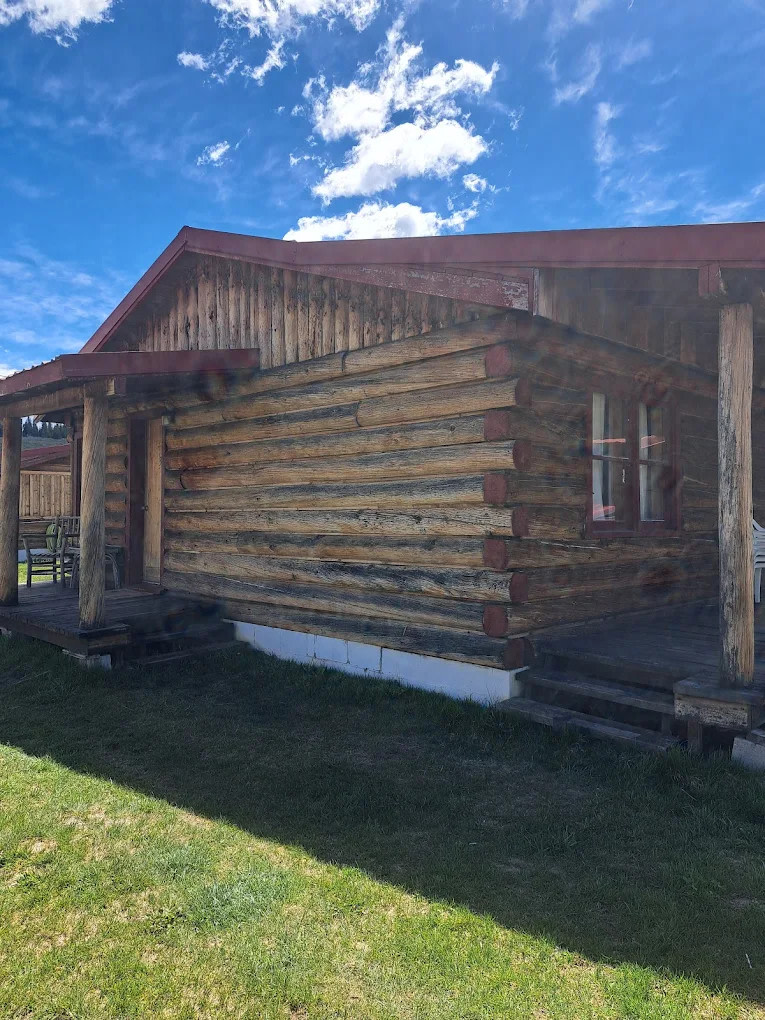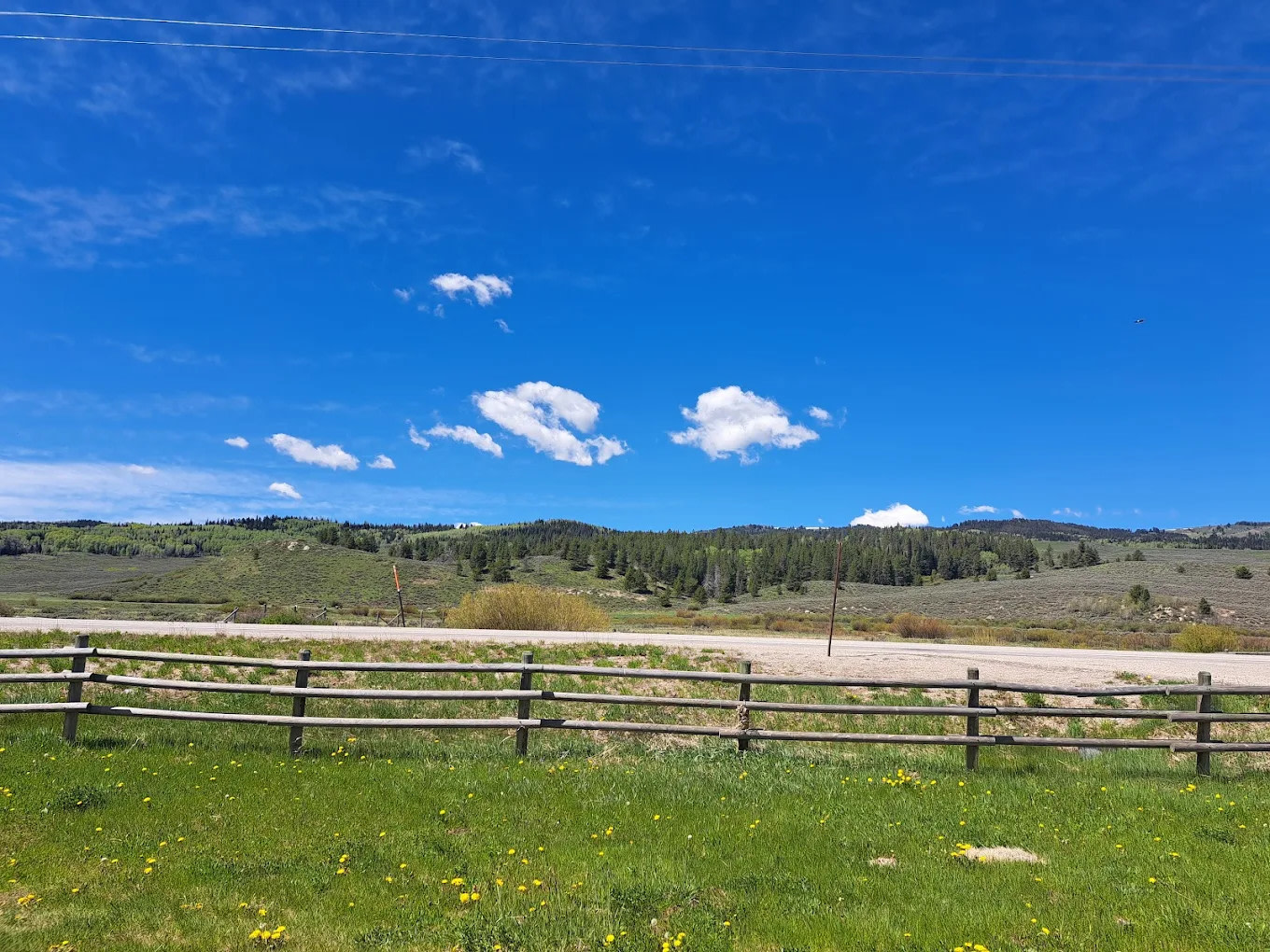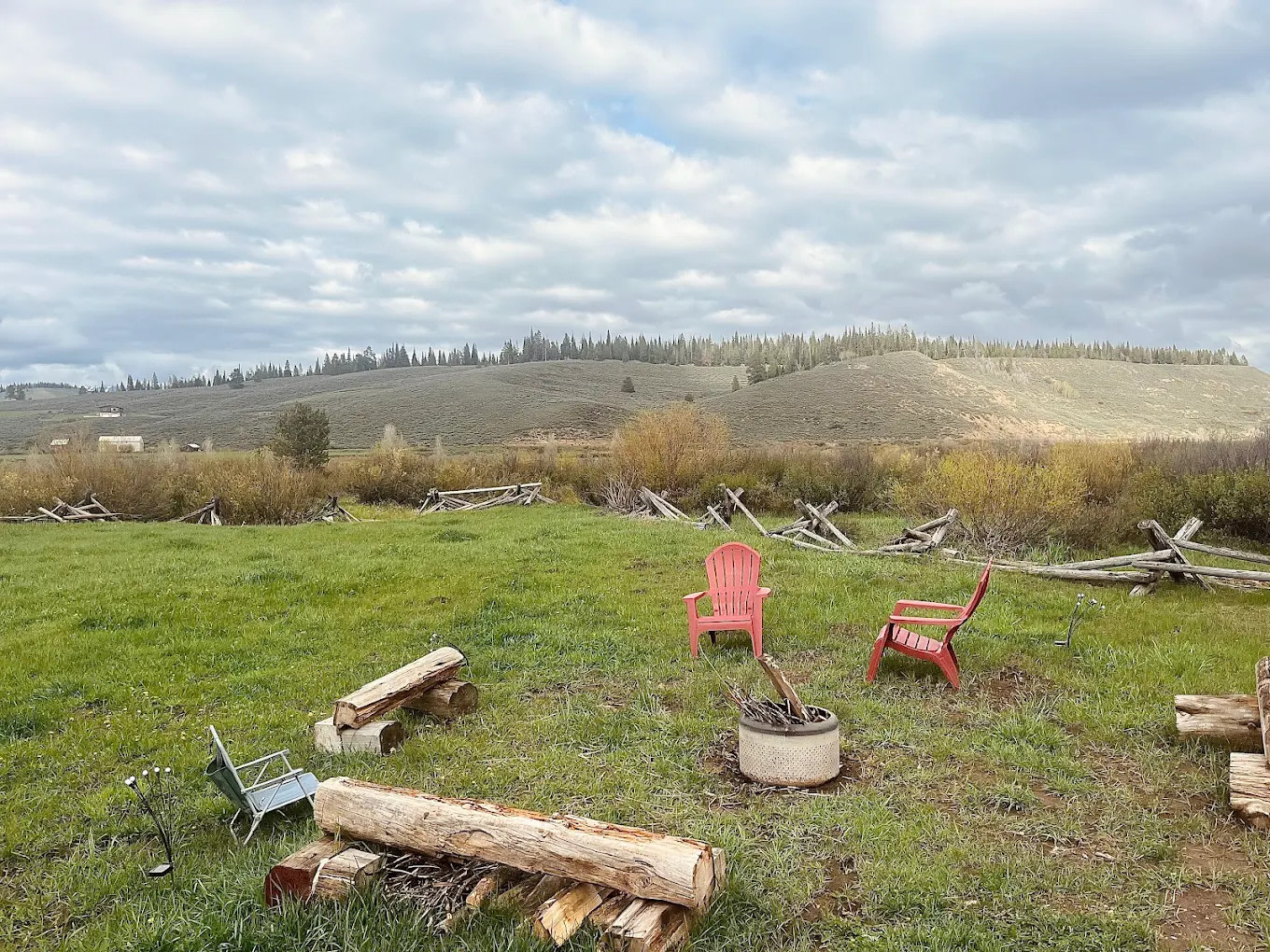- Grand Teton National Park
The best camping in Grand Teton National Park, WY
The best camping in Grand Teton National Park, WY
Discover the most magical spots to pitch your tent or park your rig on your next Grand Teton National Park adventure.
Camper favorites near Grand Teton National Park
Top-rated campgrounds reviewed by the Hipcamp community.



Recent reviews from the Hipcamp community



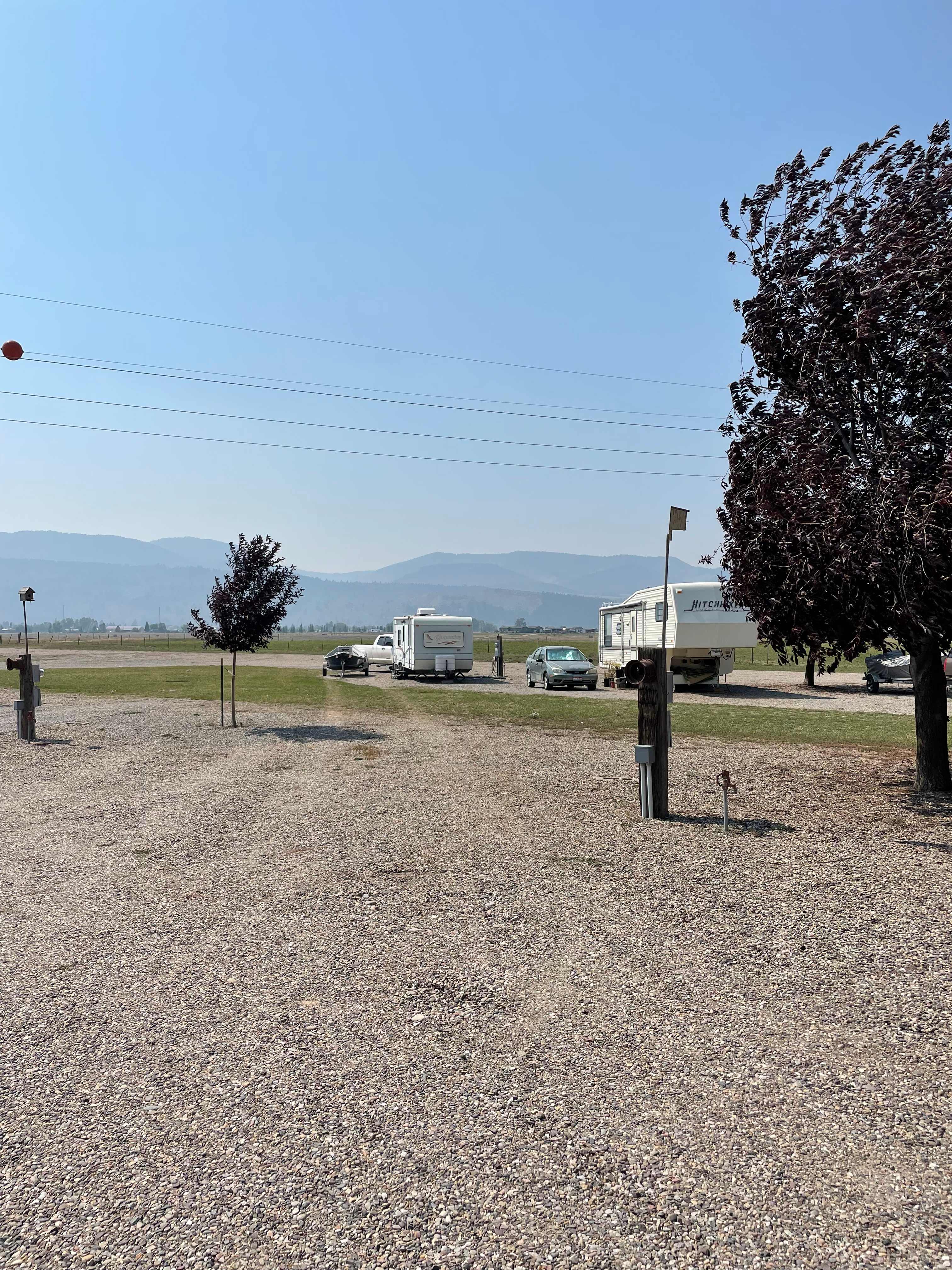
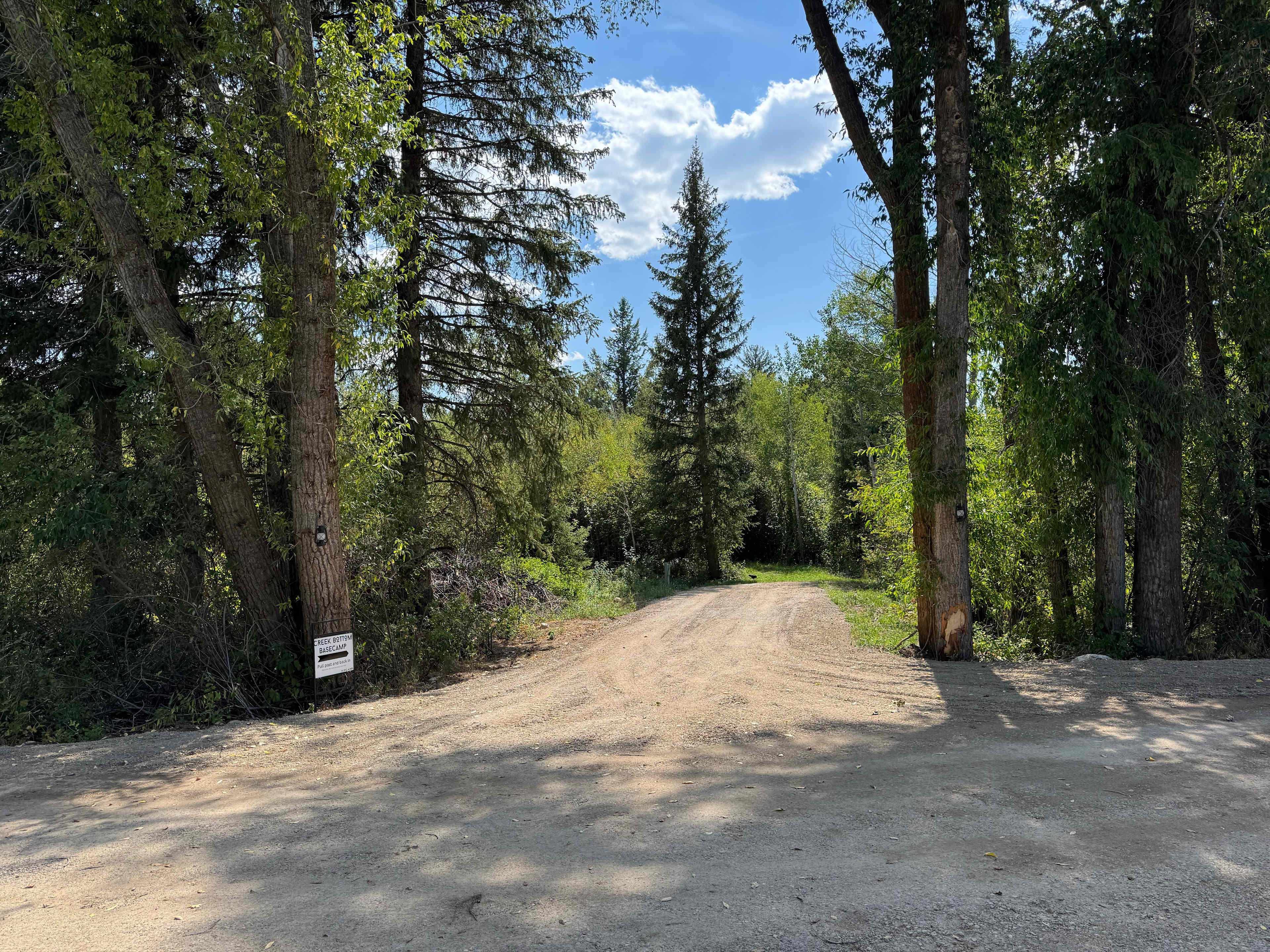
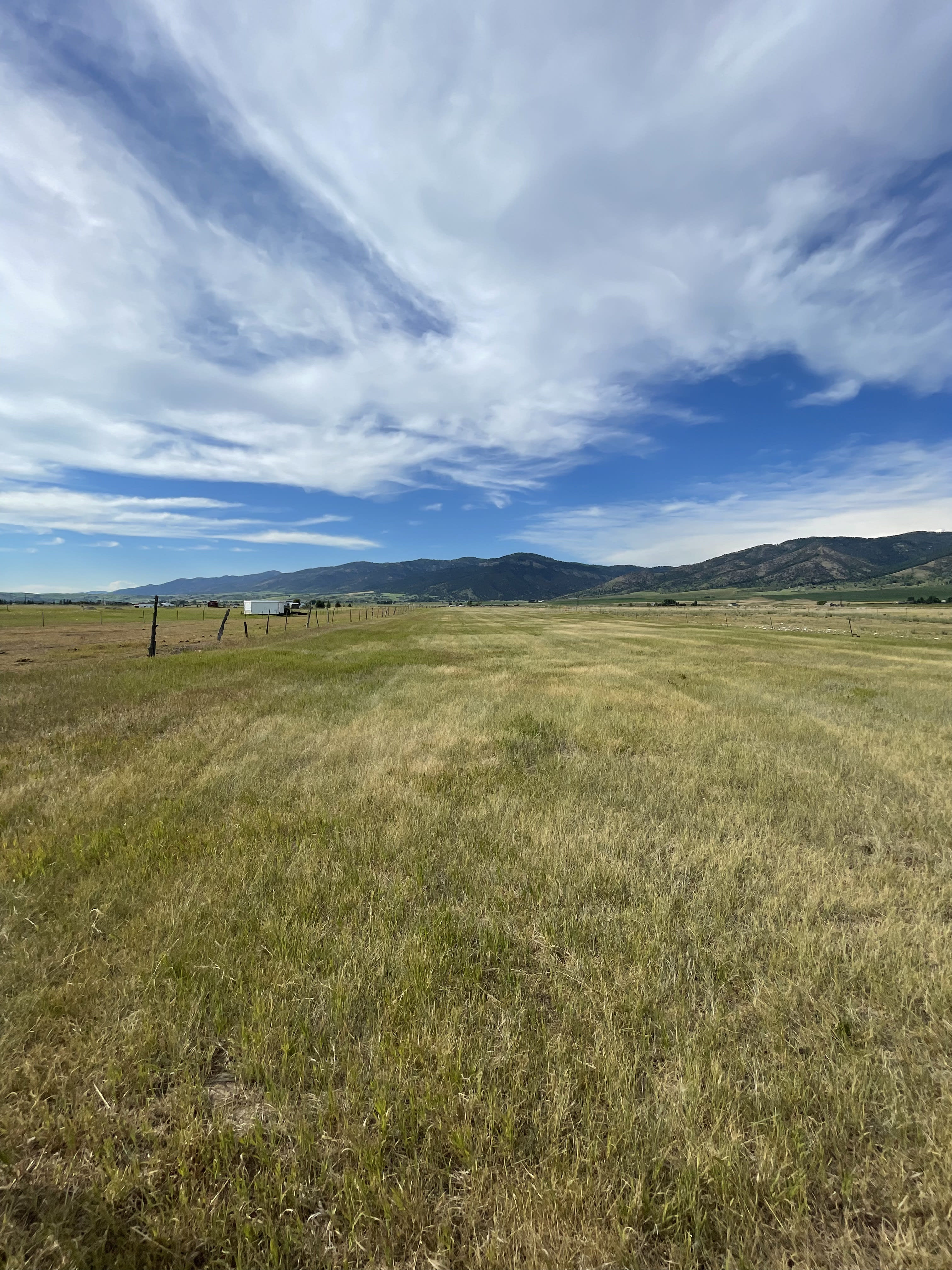


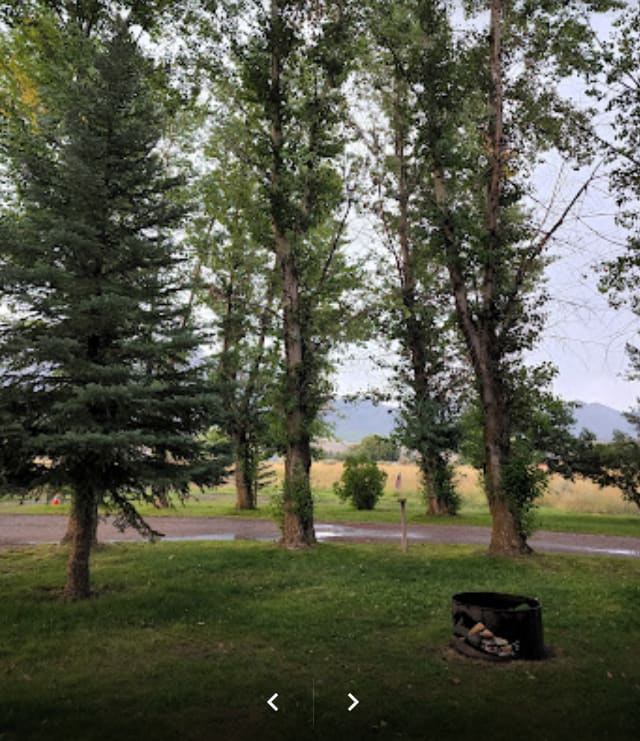
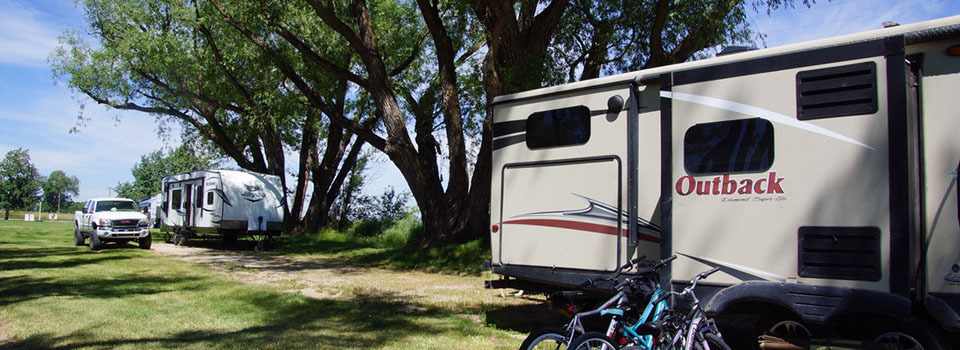

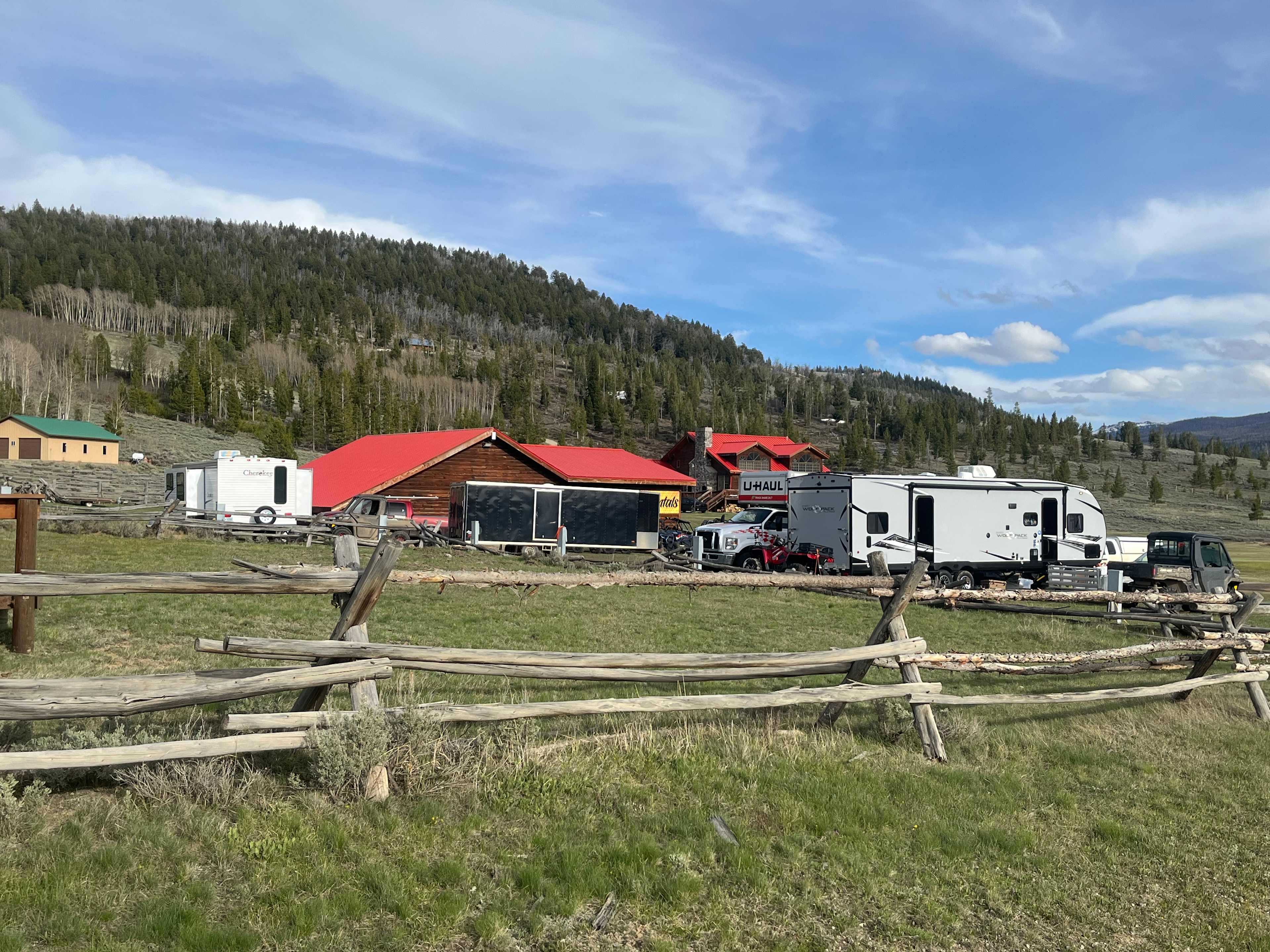








Top-rated campgrounds near Grand Teton National Park
More campsites near Grand Teton National Park
The best camping in Grand Teton National Park, WY guide
Overview
About
Often visited in tandem with neighboring Yellowstone National Park, Wyoming’s Grand Teton National Park protects the Teton Mountain Range and its surrounding flora and fauna. Measuring some 310,000 acres, the park is significantly smaller than Yellowstone but no less impressive, offering mountain views and the chance to see all sorts of wildlife. Popular summertime activities include hiking, boating, trout fishing, mountaineering, and backpacking, while winter is ideal for snowshoeing and cross-country skiing. Most campgrounds are only open during the relatively short snow-free season, but backcountry sites are available even in the coldest winter months.
Notable campgrounds
- Great for quick trips: Conveniently located right by Signal Mountain Lodge, Signal Mountain Campground offers quick and easy access to facilities and attractions.
- Great for wildlife viewing: Quiet Lizard Creek Campground offers 60 sites on the northern end of Jackson Lake, but not a lot of bells and whistles, which makes it popular with quiet-seekers who don’t need electric hookups.
- Great for families: On the banks of Jackson Lake, Colter Bay Campground has plenty of creature comforts, including a laundromat, showers, and a grocery store.
Tips for snagging a campsite
- Campsites can be booked up to six months in advance on the National Park Service (NPS) website. Reservations open at 7am Pacific time.
- If planning to camp on a weekend or in summertime, it’s wise to book as far in advance as possible.
- If you can't secure a spot in Grand Teton, you’ll have better luck with a private Hipcamp or another nearby park—options include the John D. Rockefeller Memorial Parkway, the Bridger-Teton National Forest, and Yellowstone.
When to go
Grand Teton National Park is a summer destination, with highs in the upper 70s in July and August. September weather is warm with fewer crowds, but arriving any later than that puts you at risk of cold temperatures and snow. Large portions of the park, including major summits and the areas around the Snake and Buffalo Fork rivers) close from December through March or April due to seasonal weather conditions.
Know before you go
- Cell phone service varies in the park and its surrounds, so make sure to download offline maps before you set out.
- Grand Teton is bear country, with both the black and the grizzly varieties calling this park home. For everyone's safety, lock up all food, garbage, toiletries, and cookware in a bear box.
- All the visitor centers and many of the ranger programs are wheelchair-accessible, and there are partially accessible restrooms at both Jenny Lake and Colter Bay campgrounds.
